- Date
February 22 to May 1, 2022
- Tuesday to Friday
10 am - 6 pm
- Saturdays
9 am - 7 pm
- Sundays and holidays
9 am - 6 pm
- Fee
Free
- For early booking (optional)
Visit the exhibition with the virtual tour 360º
WAVE - New Trends in Japanese Graphic Arts
From February 22 to May 1, Japan House São Paulo showcases works by 55 Japanese illustrators and graphic artists at the exhibition “WAVE - New Trends in Japanese Graphic Arts”. With free admission and a first in Brazil, the exhibition presents an overview of the major graphic artists working in Japan today – many of whom are still unknown abroad - who produce works in several distinctive styles and themes, not only in the traditional arts scene, but also in manga, animation, and advertising.
Curated by the artists Kintato Takahashi and Hiro Sugiyama – who will also have their works exhibited on the second floor of the institution on Avenida Paulista –, the exhibition is based on WAVE, which has been held annually in Tokyo since 2018 and aims to present the work of the main names active in the country.
The selection made for the exhibitions held at Japan House presents the rich and varied work of these artists, showing how their creations for books, magazines, animations, posters, and other platforms go far beyond manga and anime, which the Brazilian audience is already familiar with. In the selection, renowned artists, some celebrated for founding artistic movements, such as Teruhiko Yumura (1942), Akira Uno (1934), and Keiichi Tanaami (1936), are alongside young promises such as Masanori Ushiki (1981) and Mayu Yukishita (1995). The themes featured at the exhibition range from the Japanese folklore-inspired characters of Ayako Ishiguro (1973), the shiny summer landscapes of Hiroshi Nagai (1947), to the haunting portraits of Masaru Shichinohe (1959).
DOLPHIN DOLPHIN's Smile

The Walrus from the Bookshelf

Cavalier

Snowy Theatre

Untitled

Untitled

Untitled

Untitled

Flowers Bloom in Empty Places
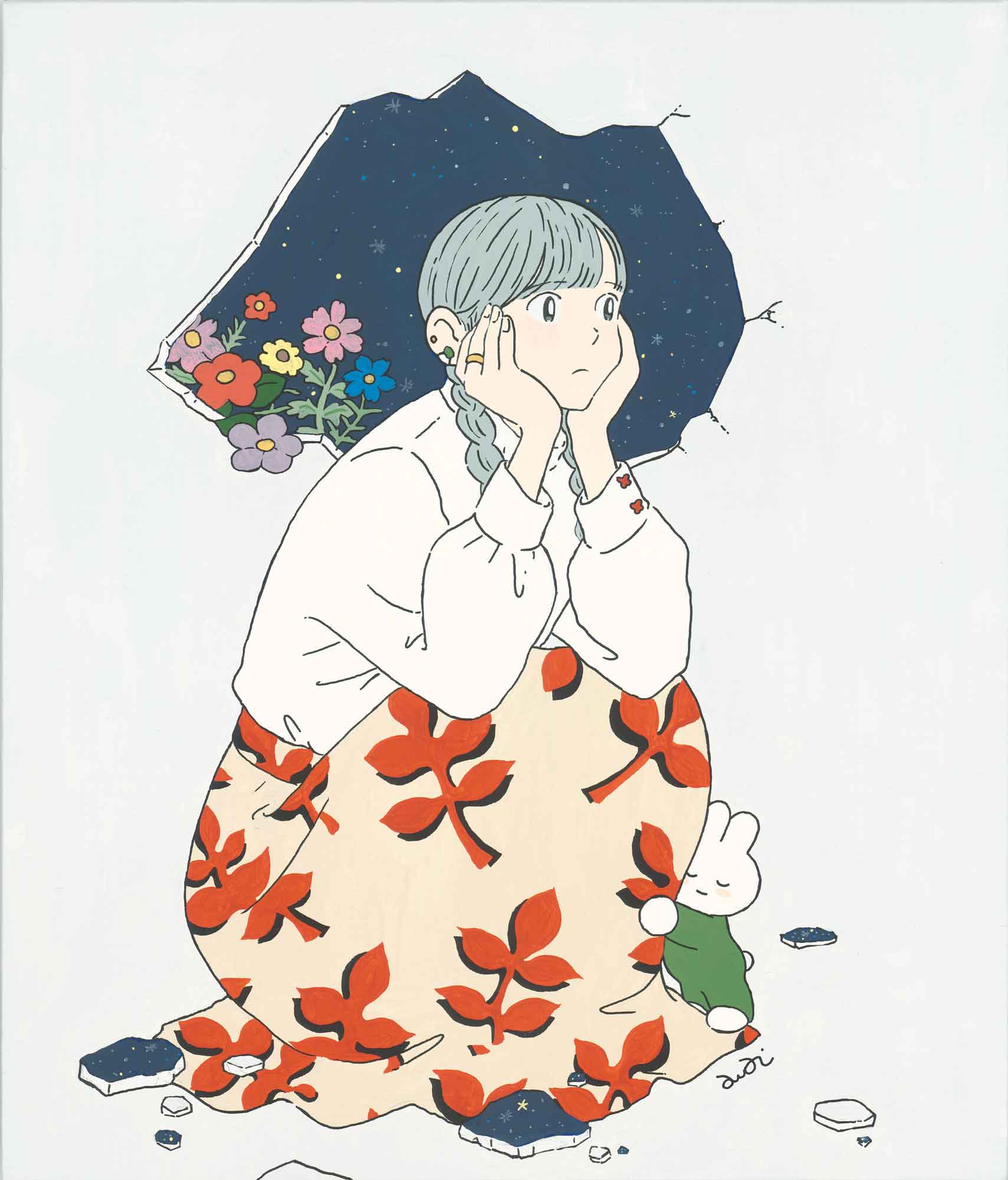
Chen's Shoe

Space Dog

Blue

Down But Not Out

X Planet Battles

Black & White

Twins

Powerful

Five Tones

Sharaku
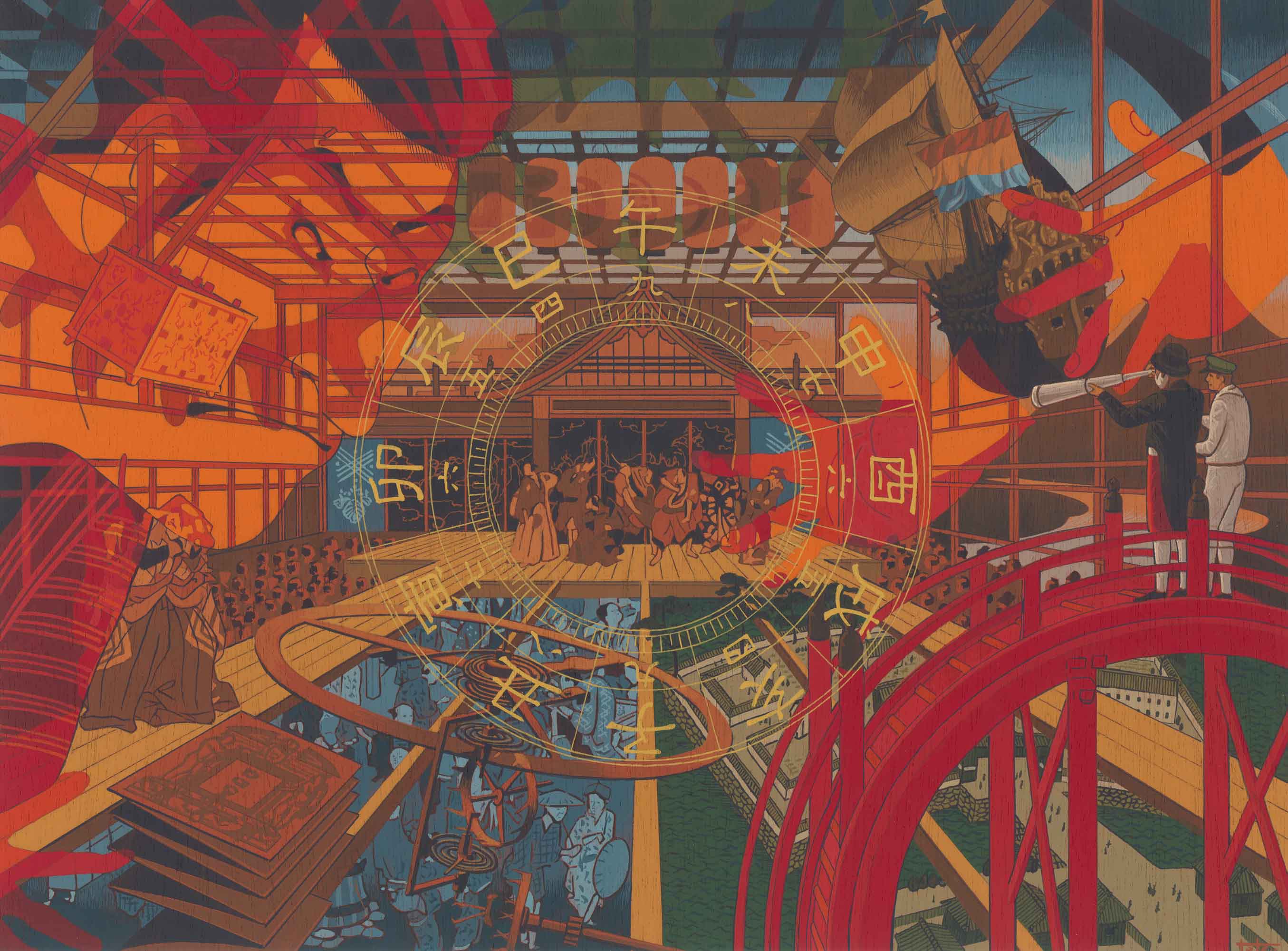
Life is Good

Untitled

Untitled

A Short Break
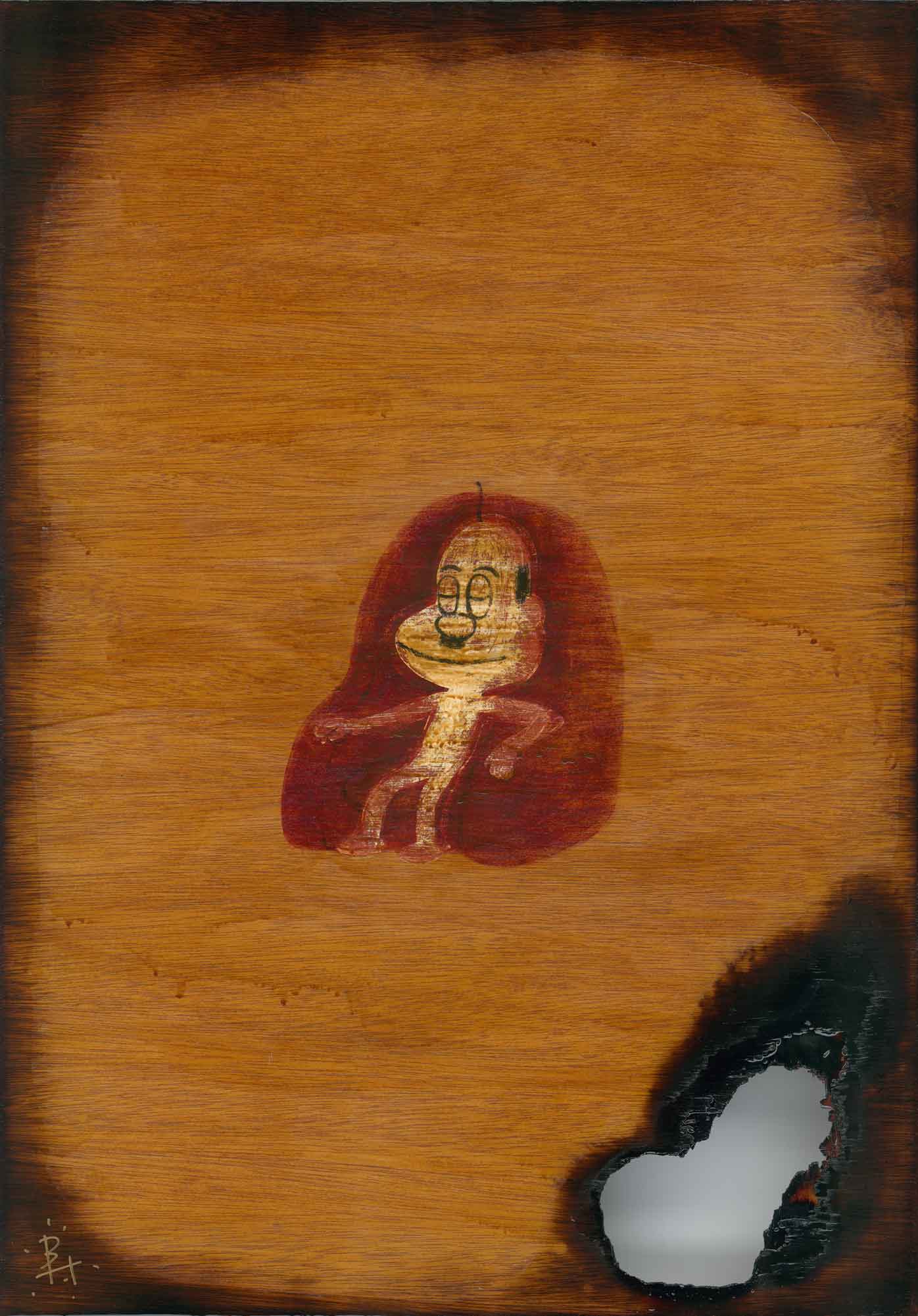
Shinobi
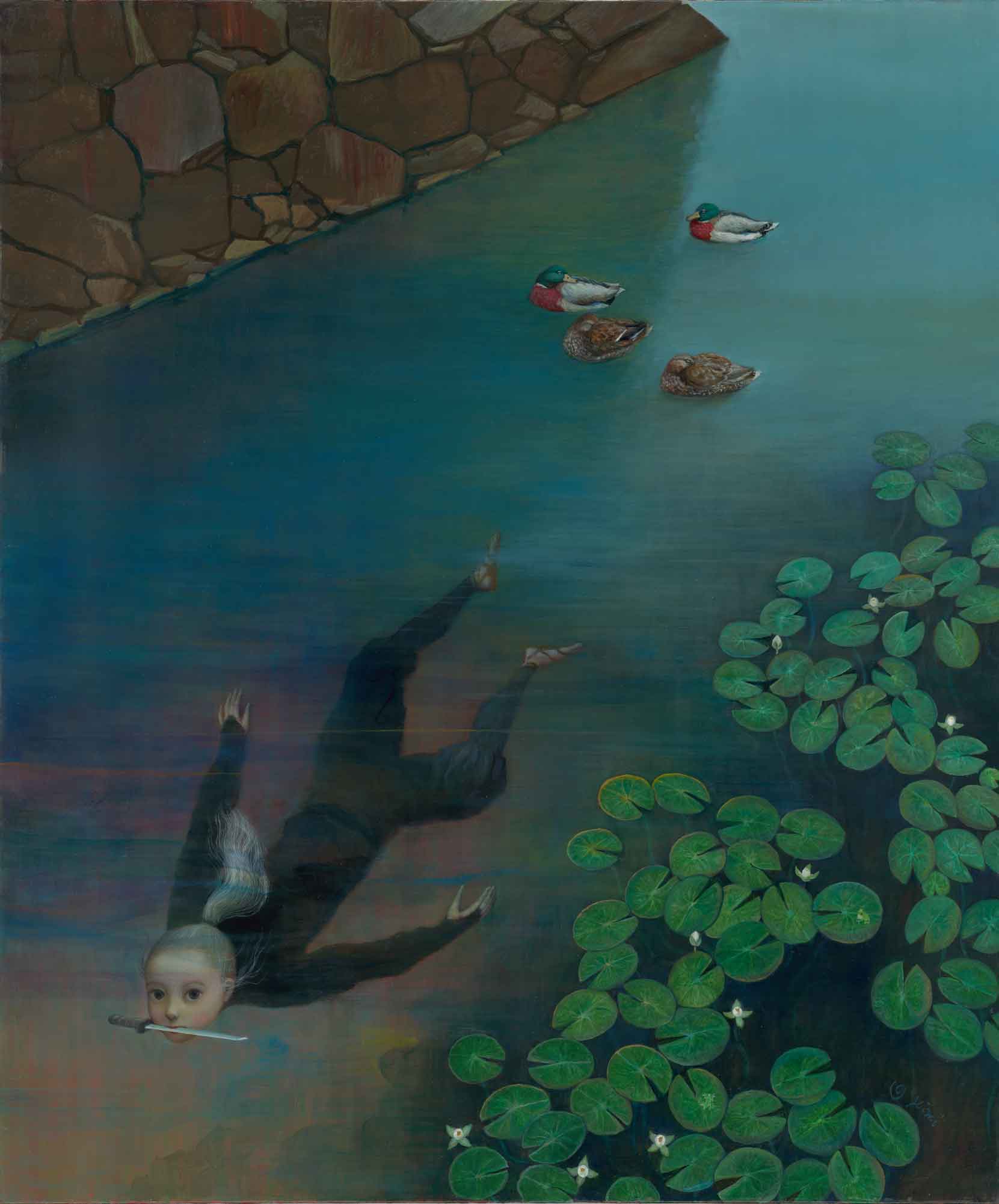
Lunch

Meditative Flower
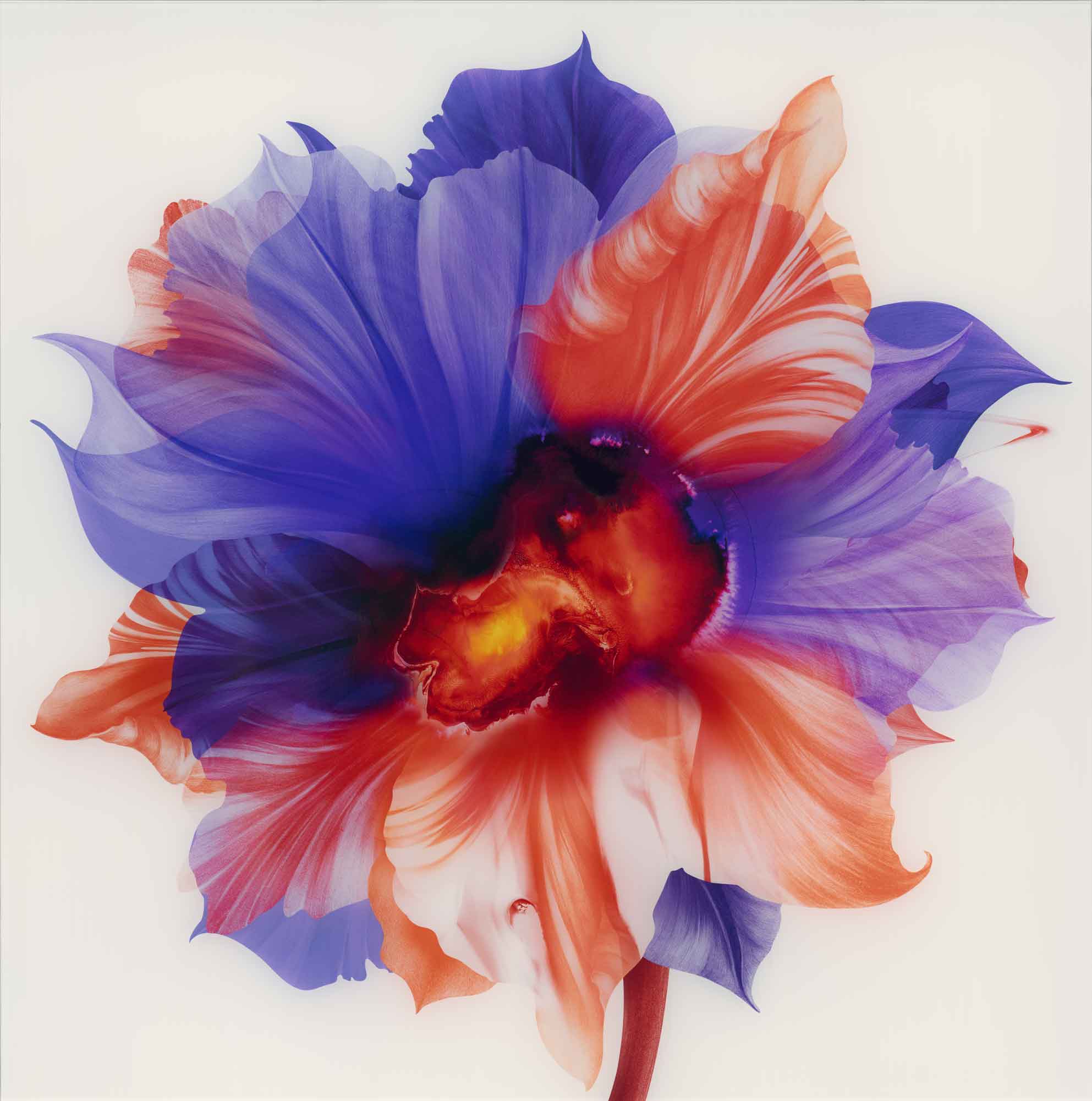
Casual Existence
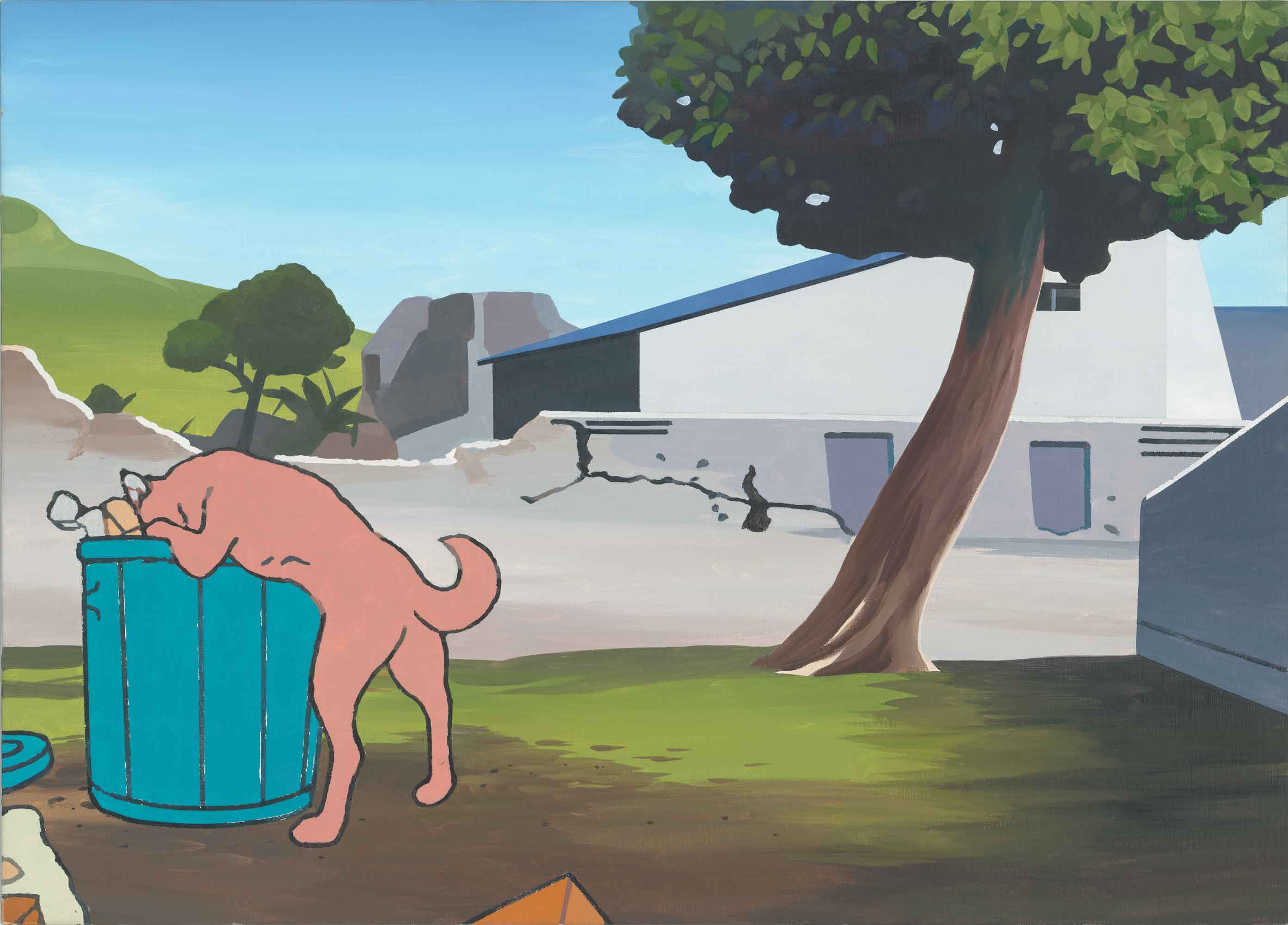
A-Un
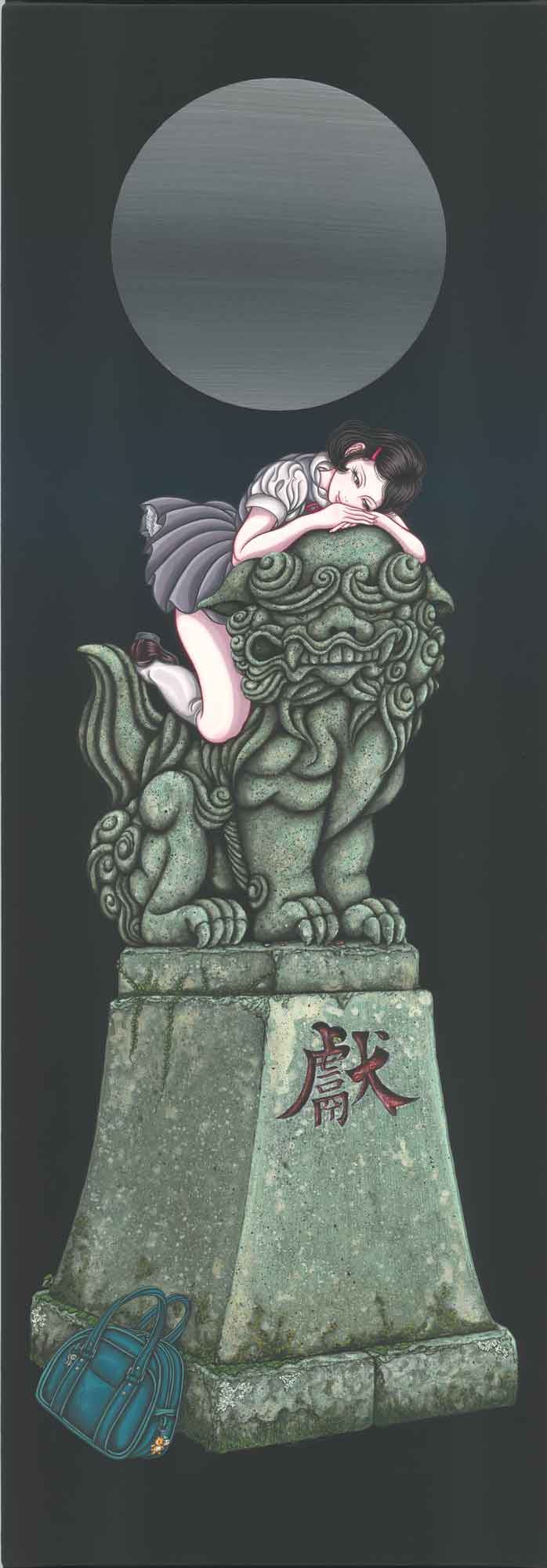
A-Un
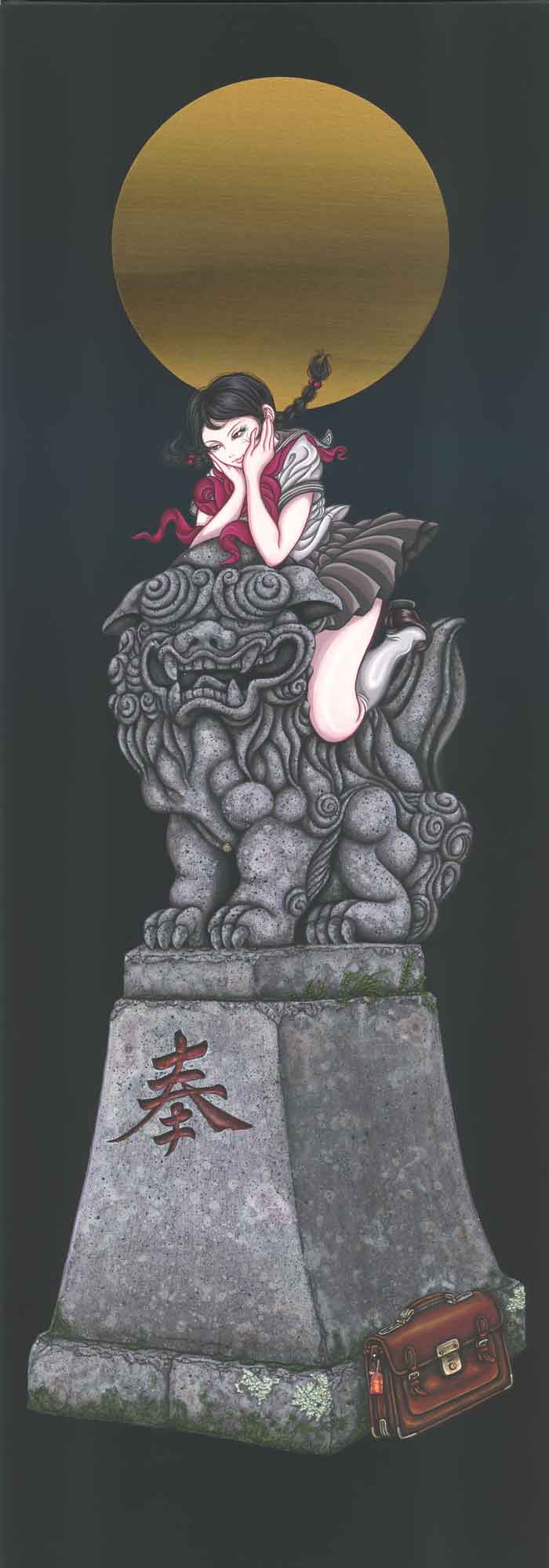
Recosuke's Long Vacation
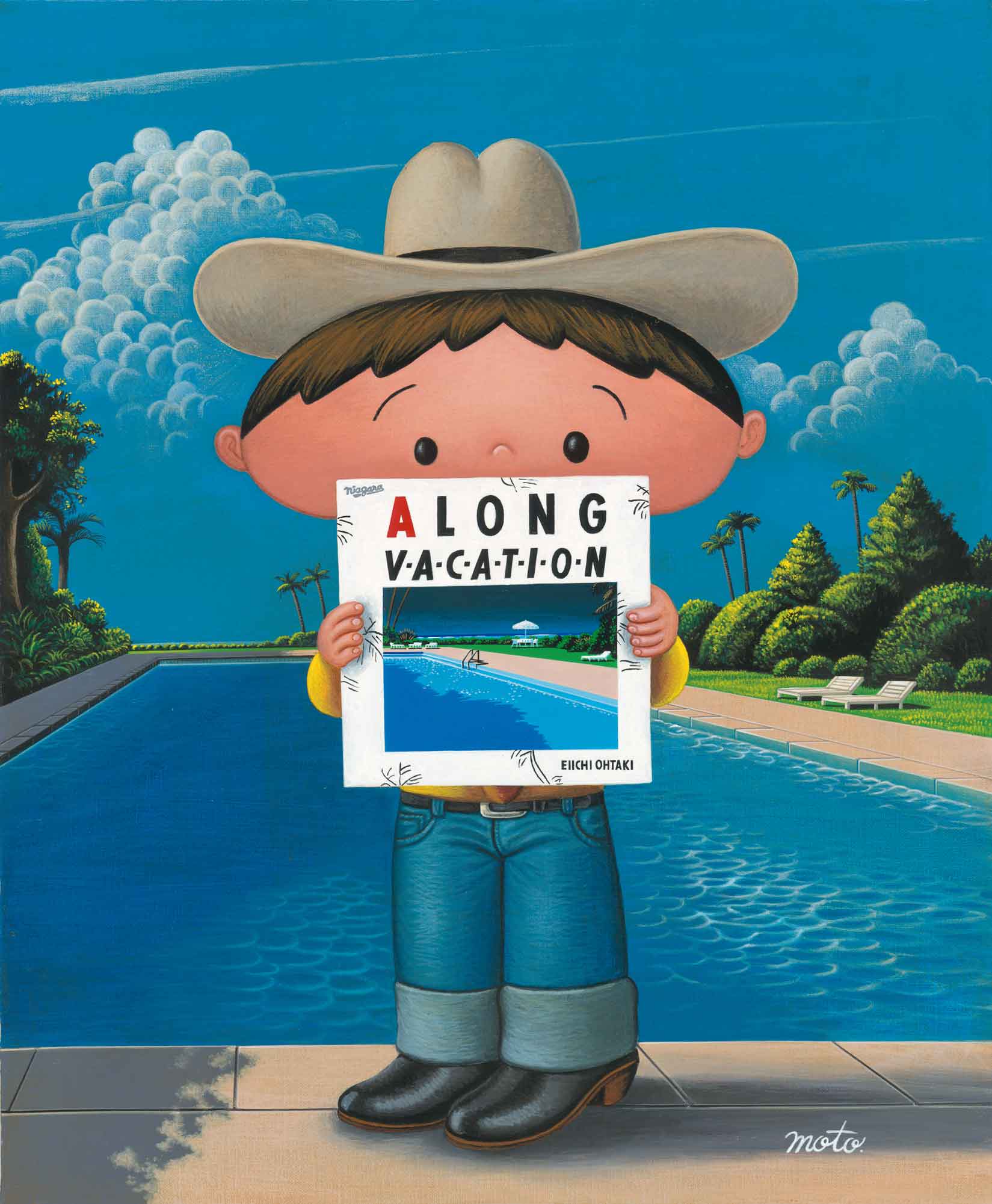
Mona Lisa
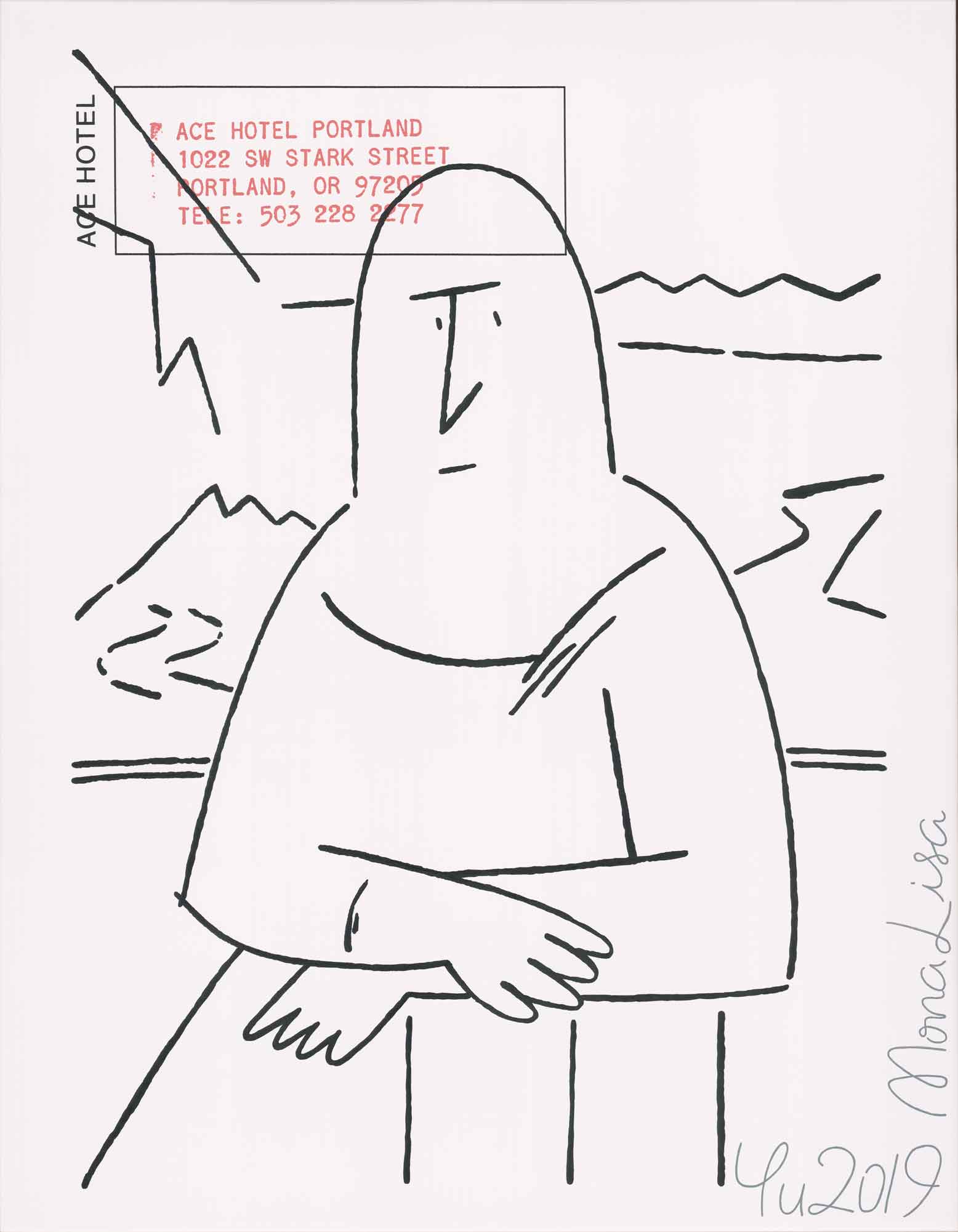
Untitled
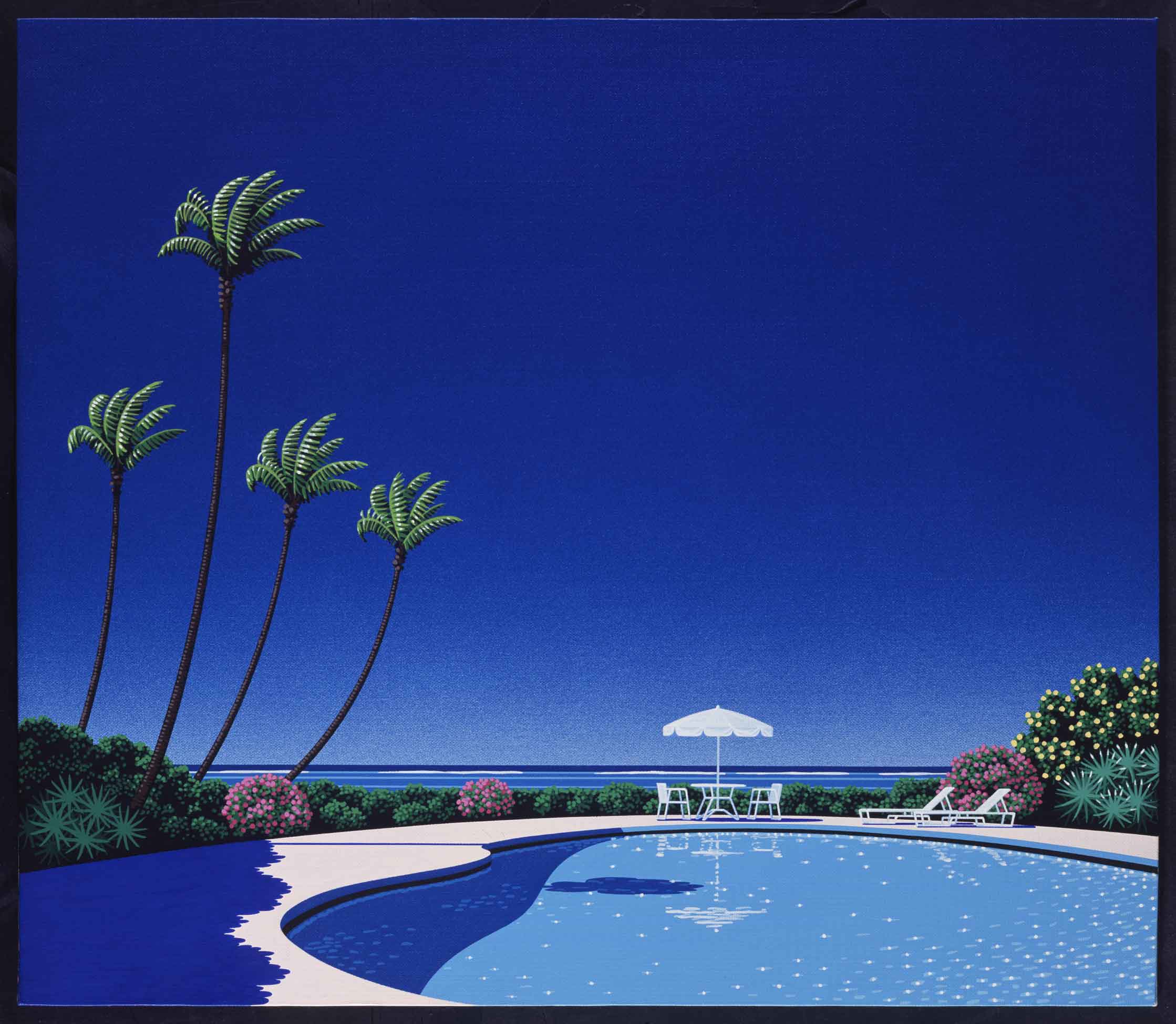
Money than Green Grass
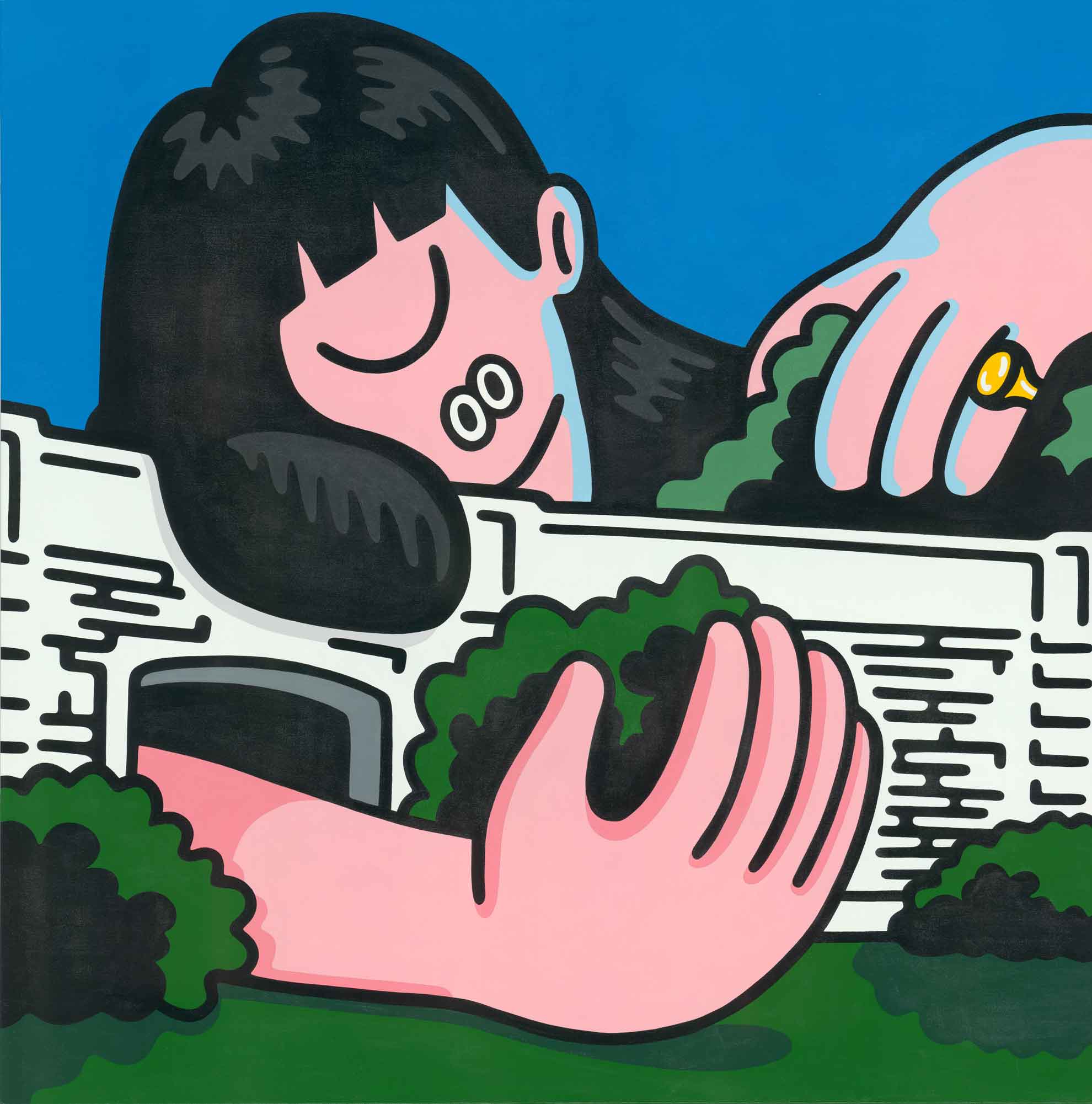
Good Friends
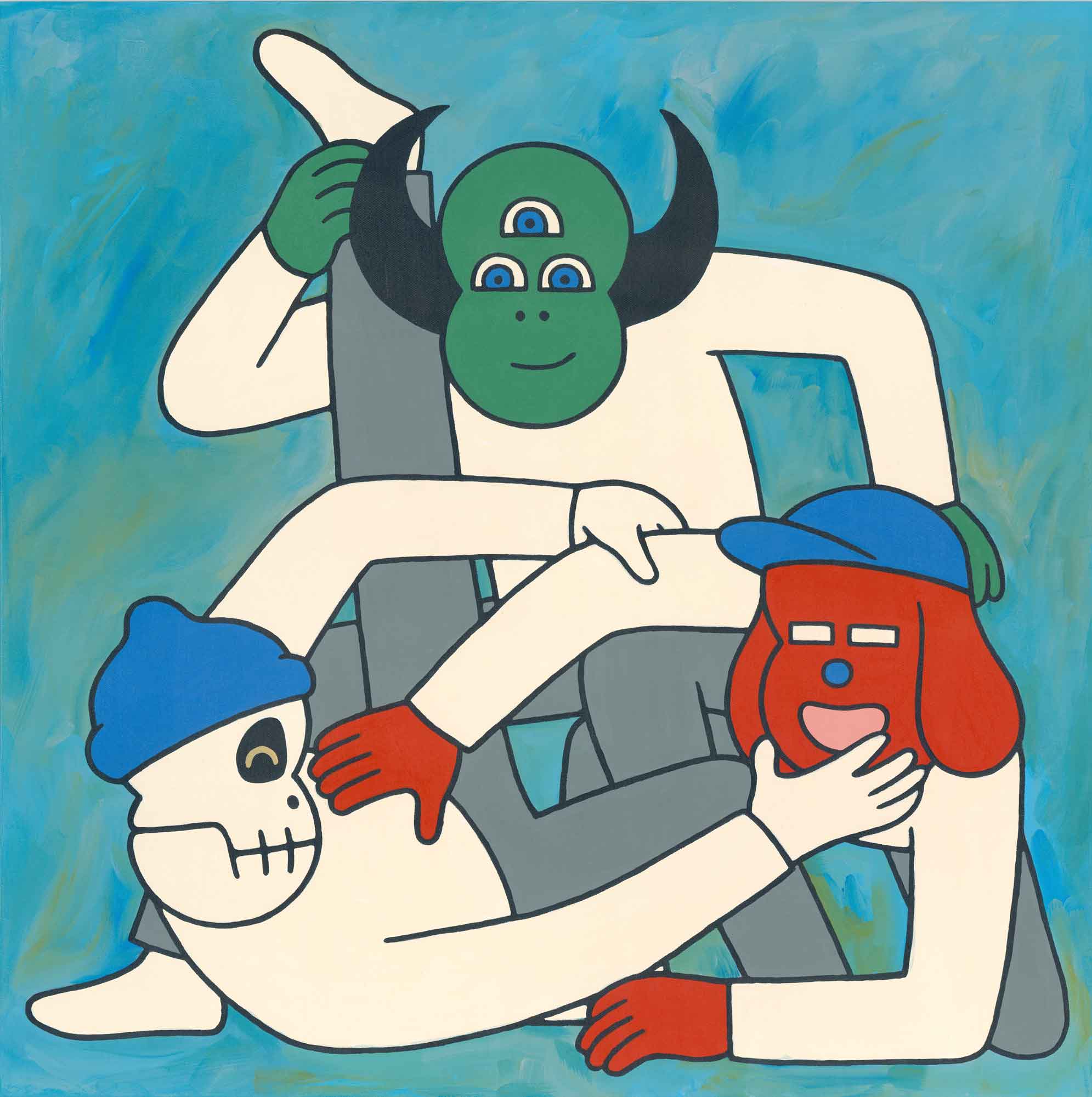
Chack and the Girl
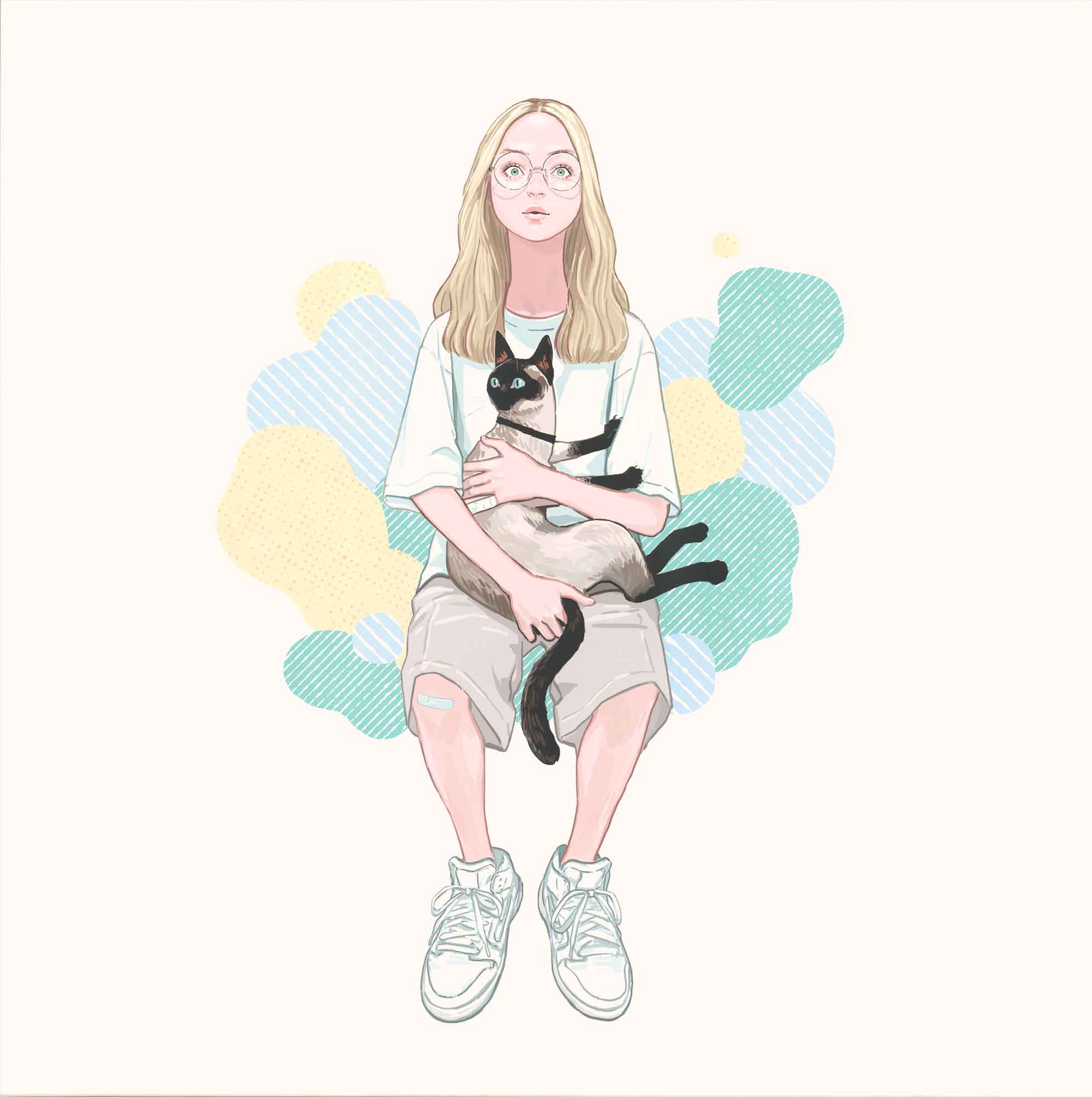
Unknown Goggles
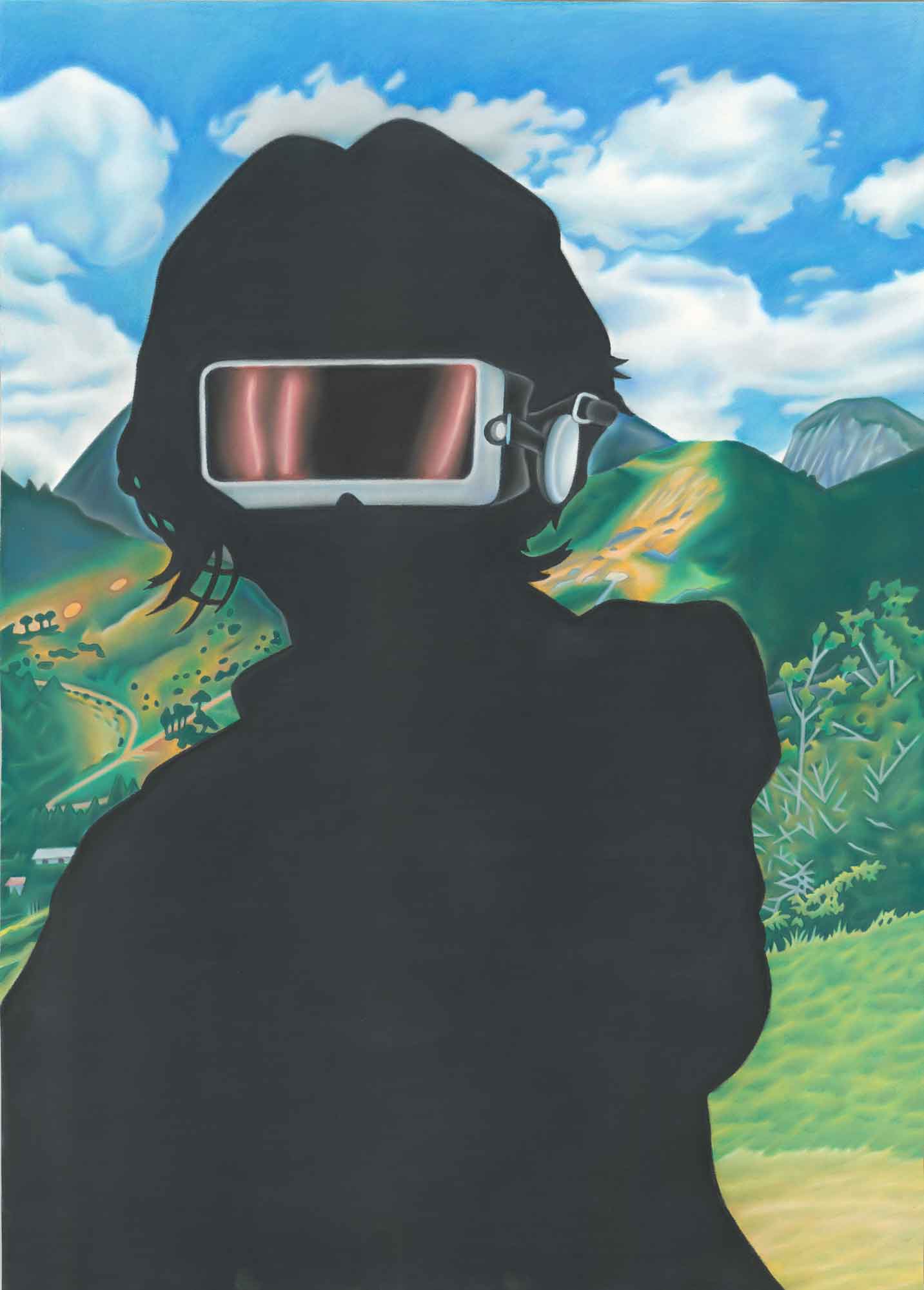
Doll Play
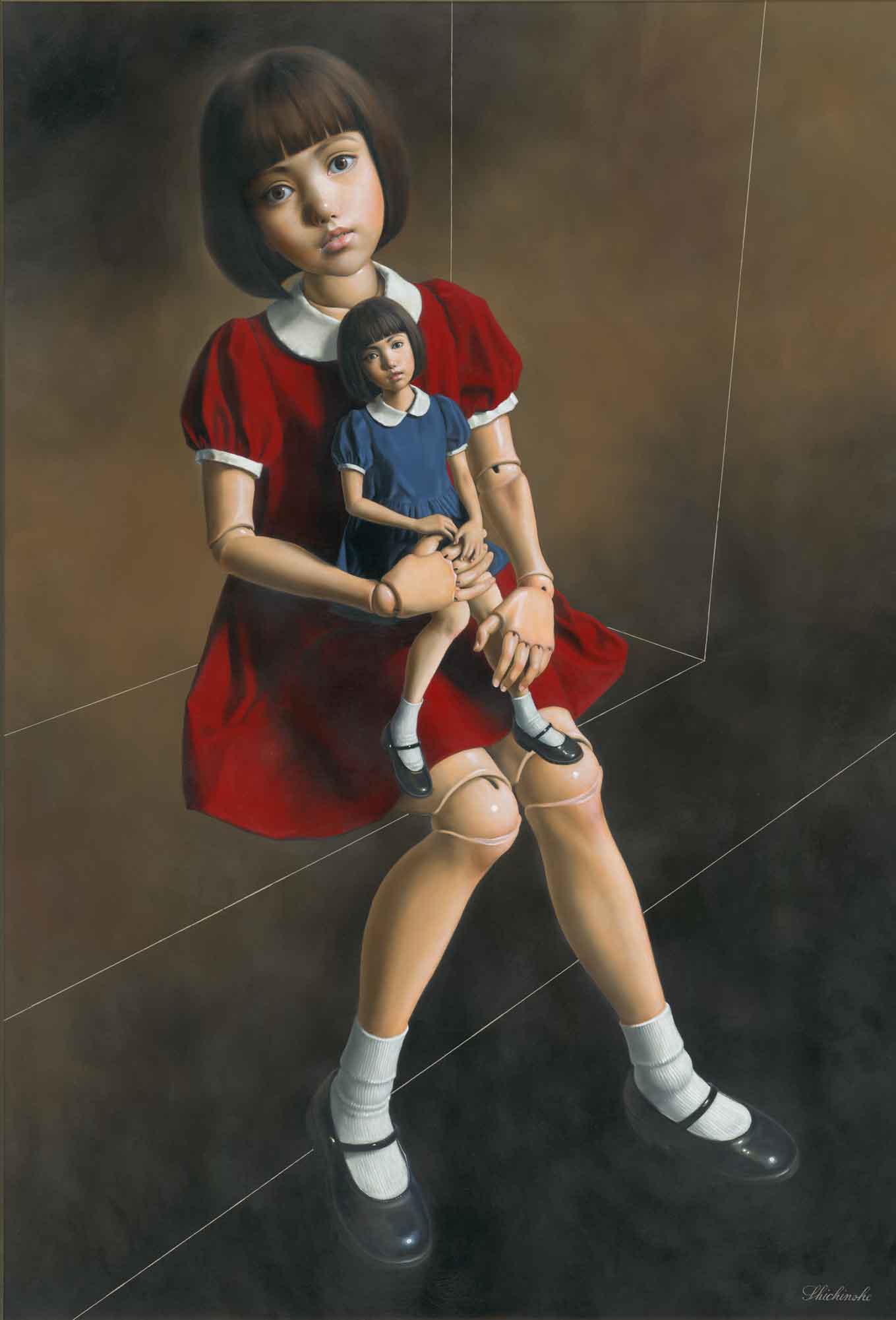
TREX (A)
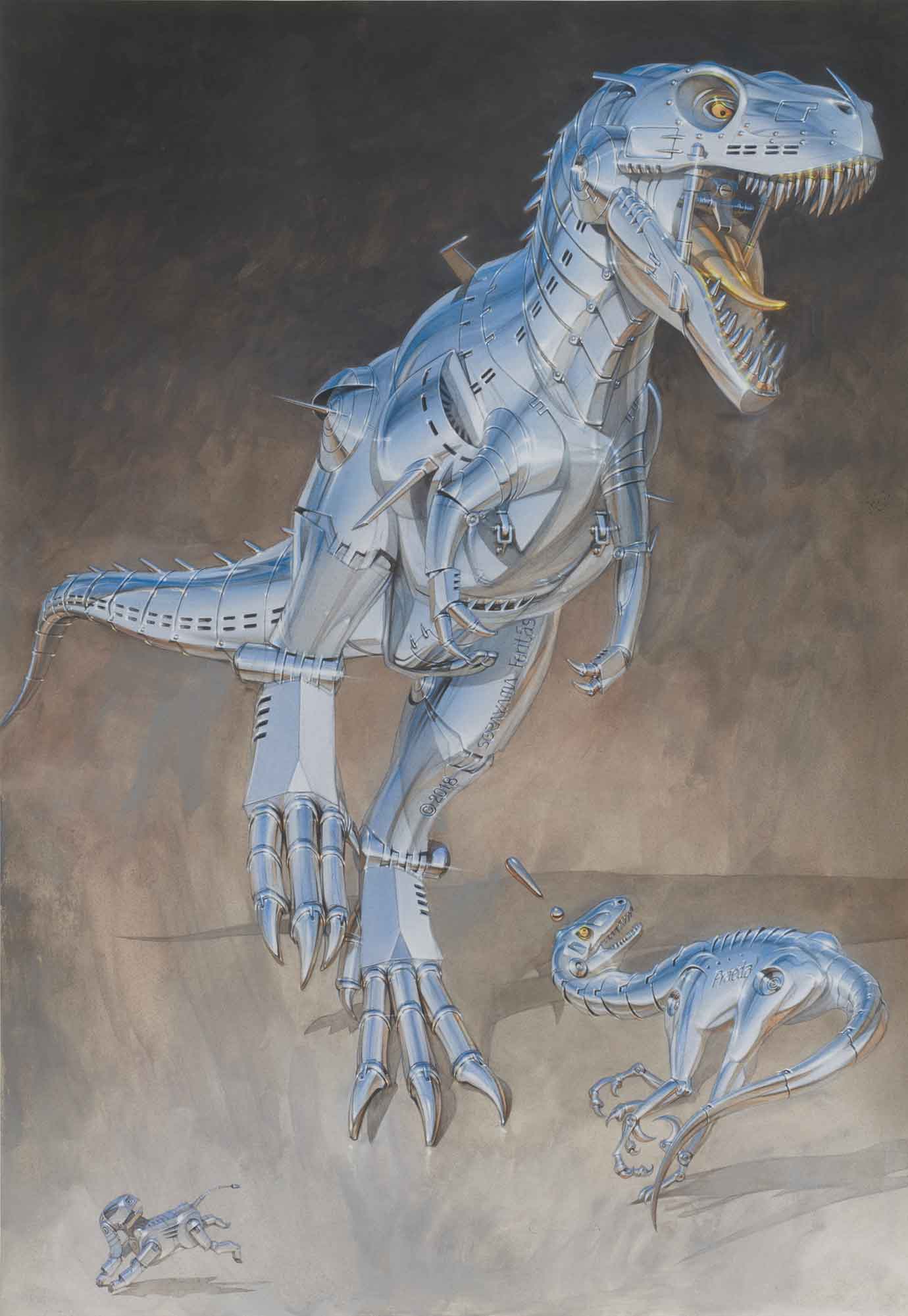
TREX (A)
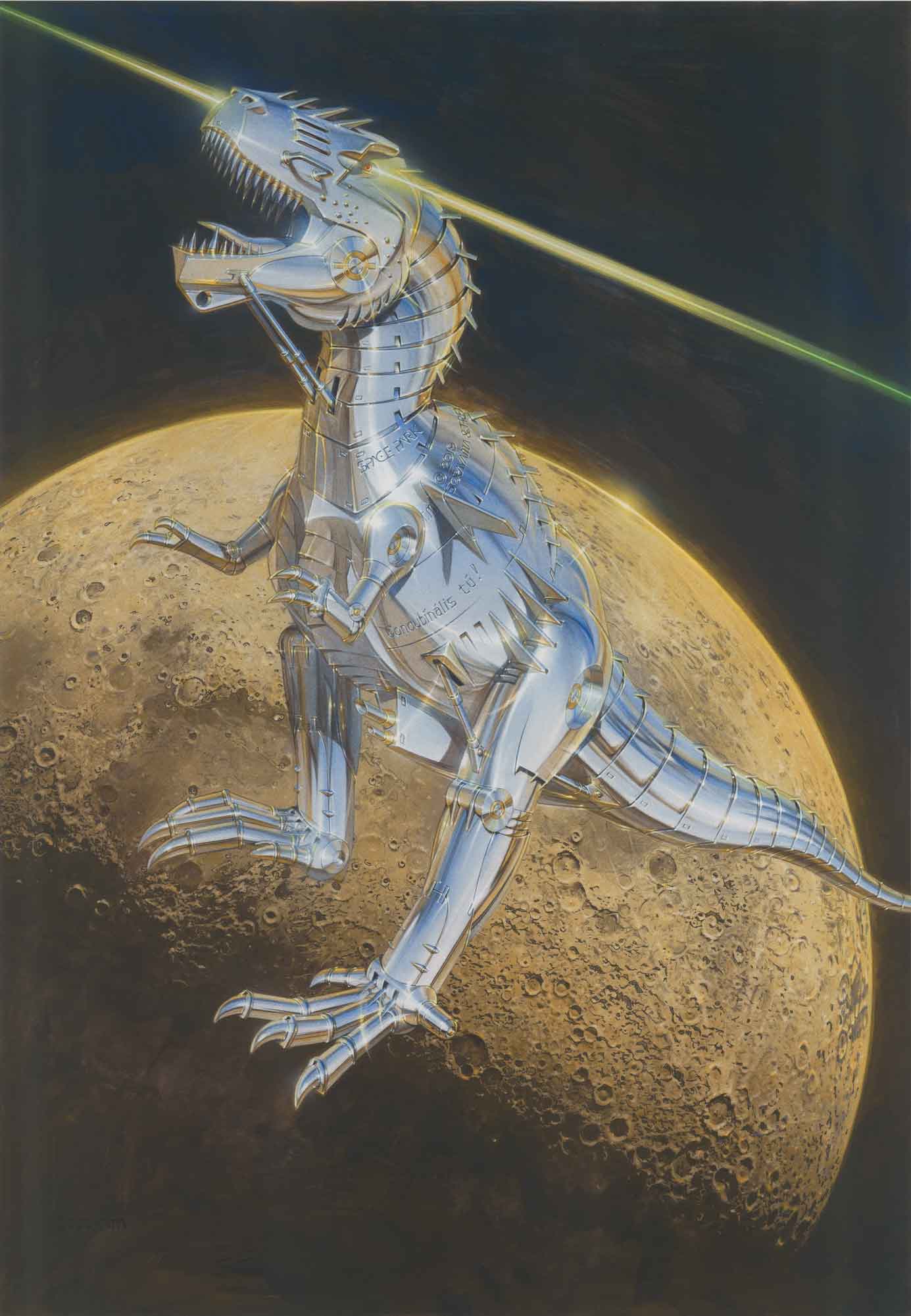
Pretend Play
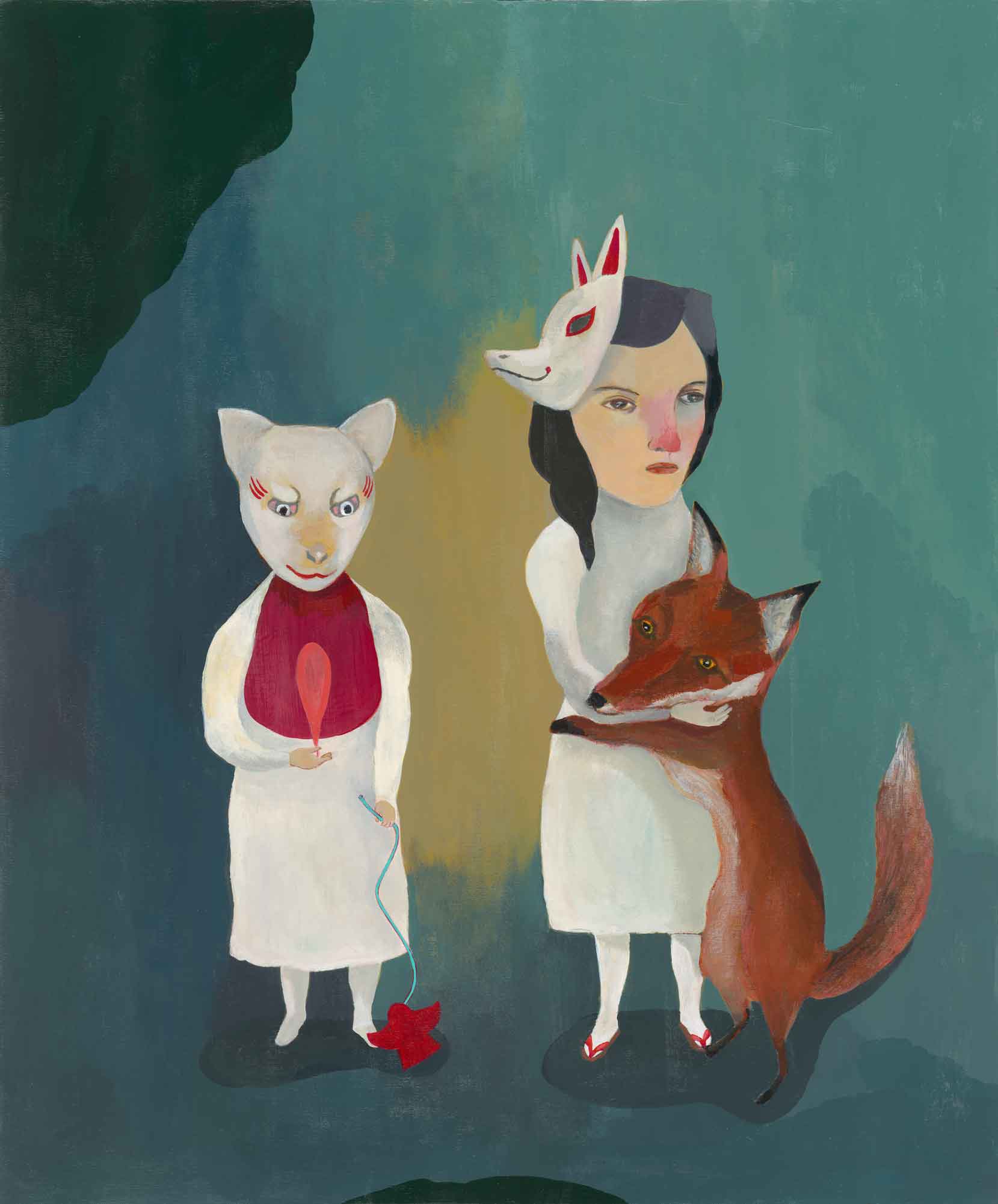
Lace-up Dress
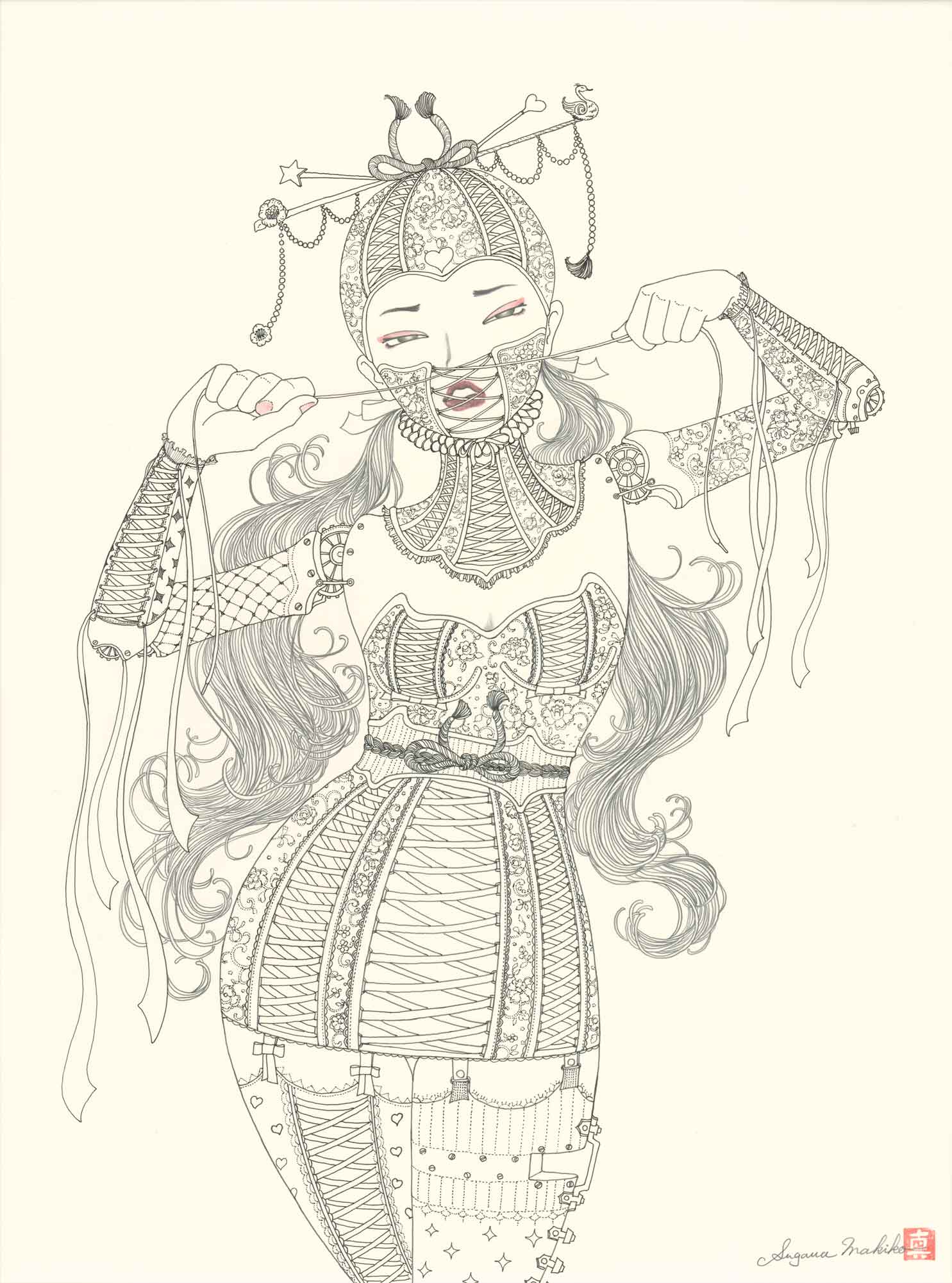
Diana
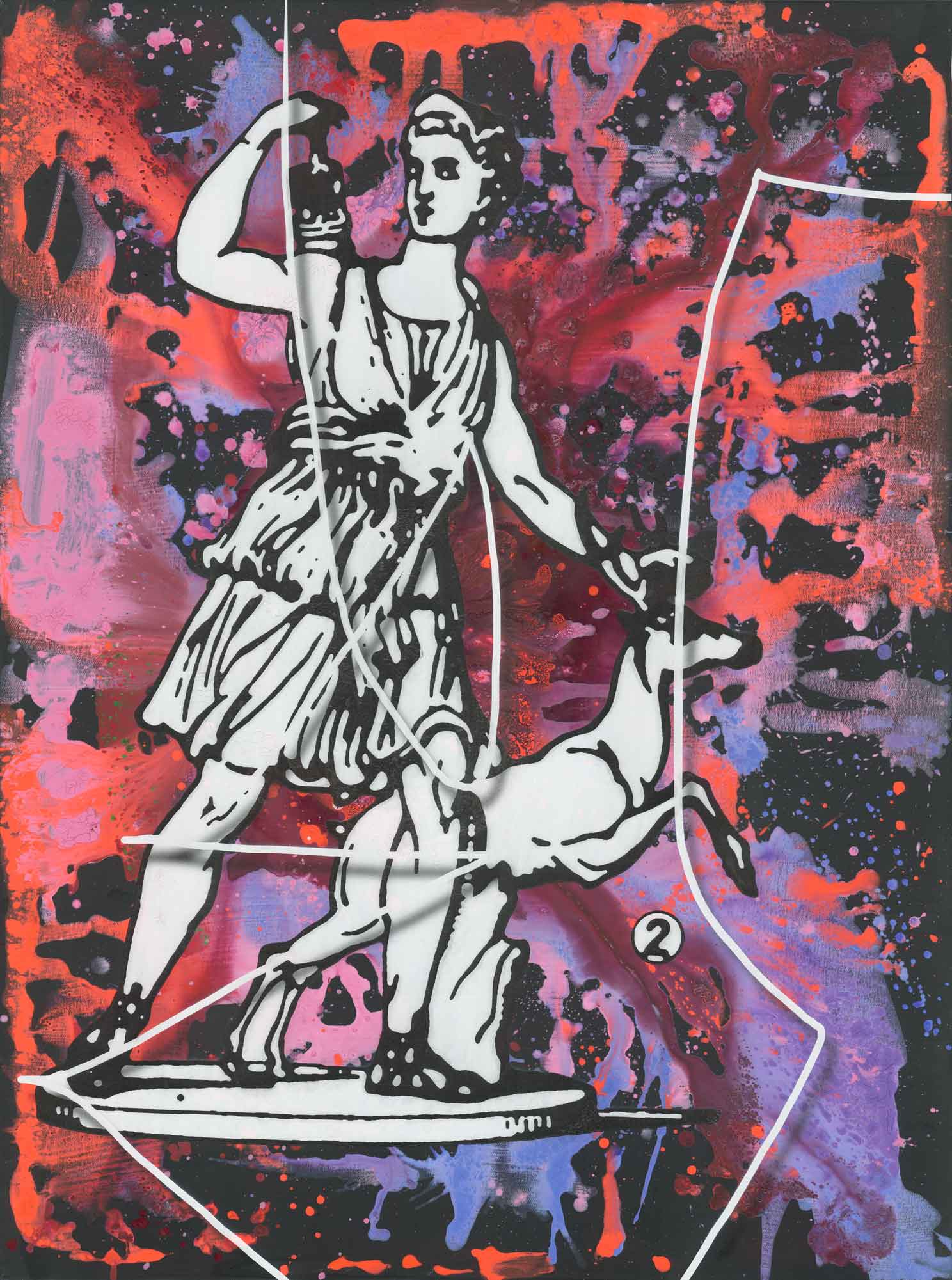
Snap-49
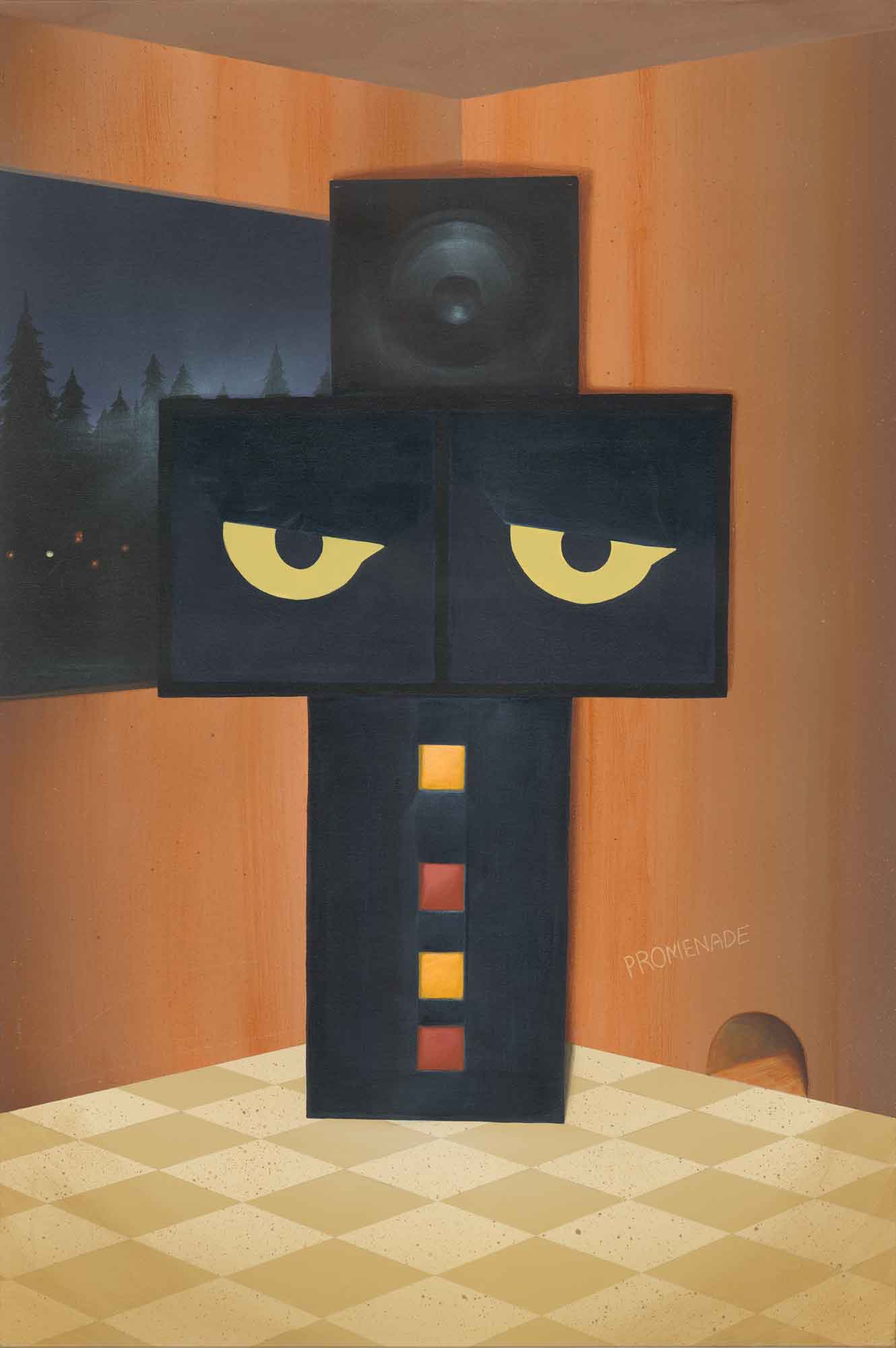
On and Off
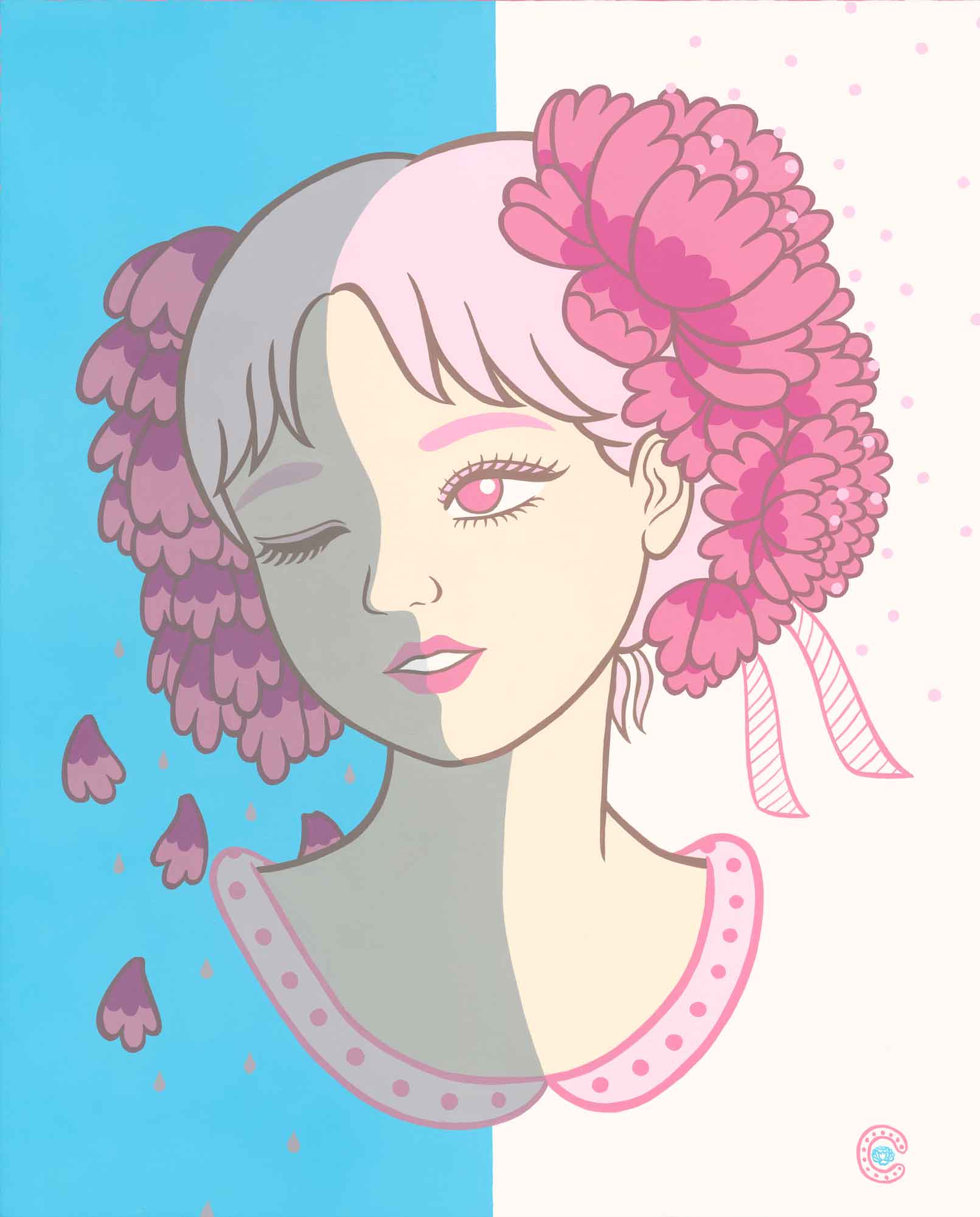
Shonen Tiger 01
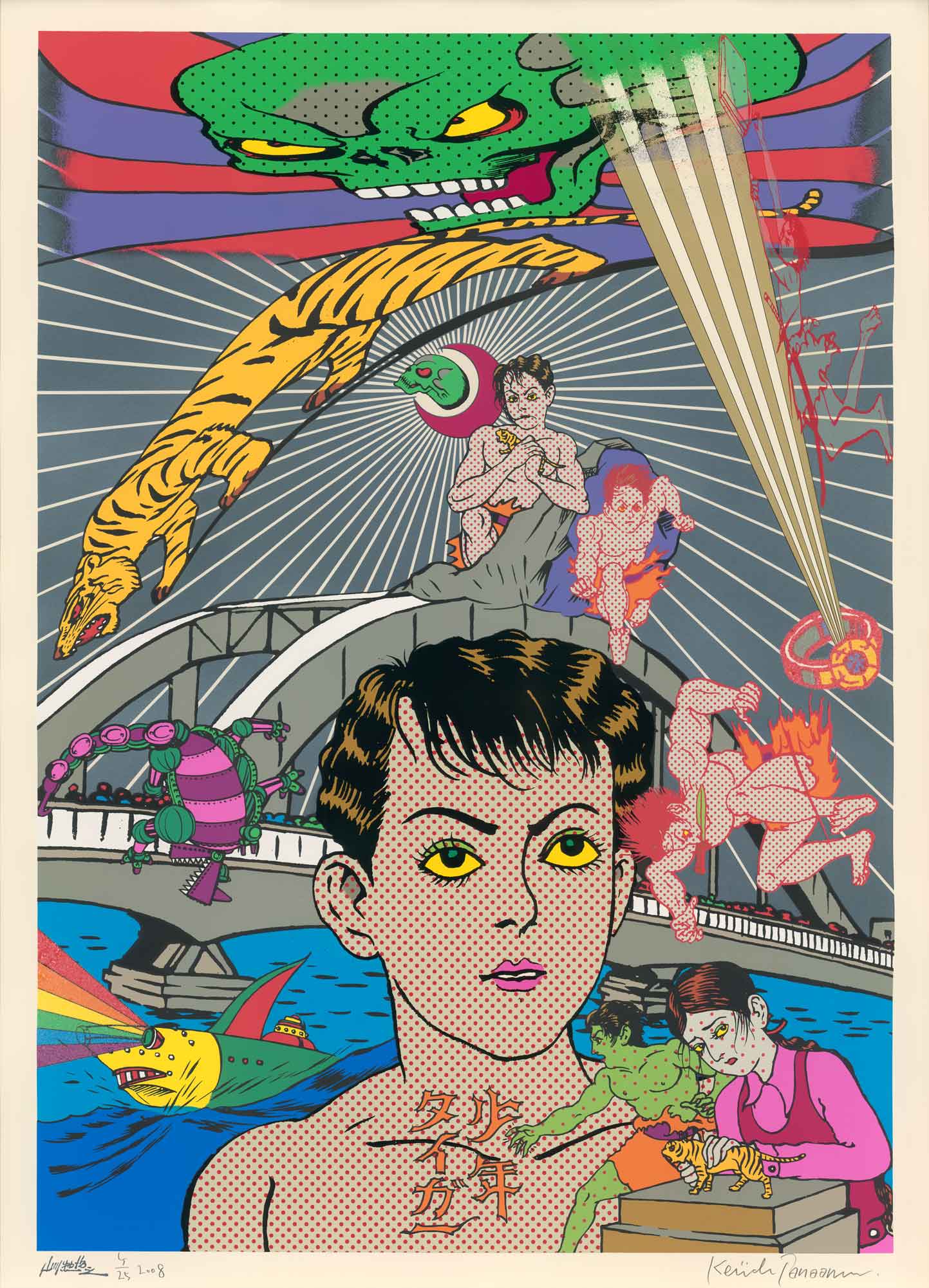
Shonen Oja
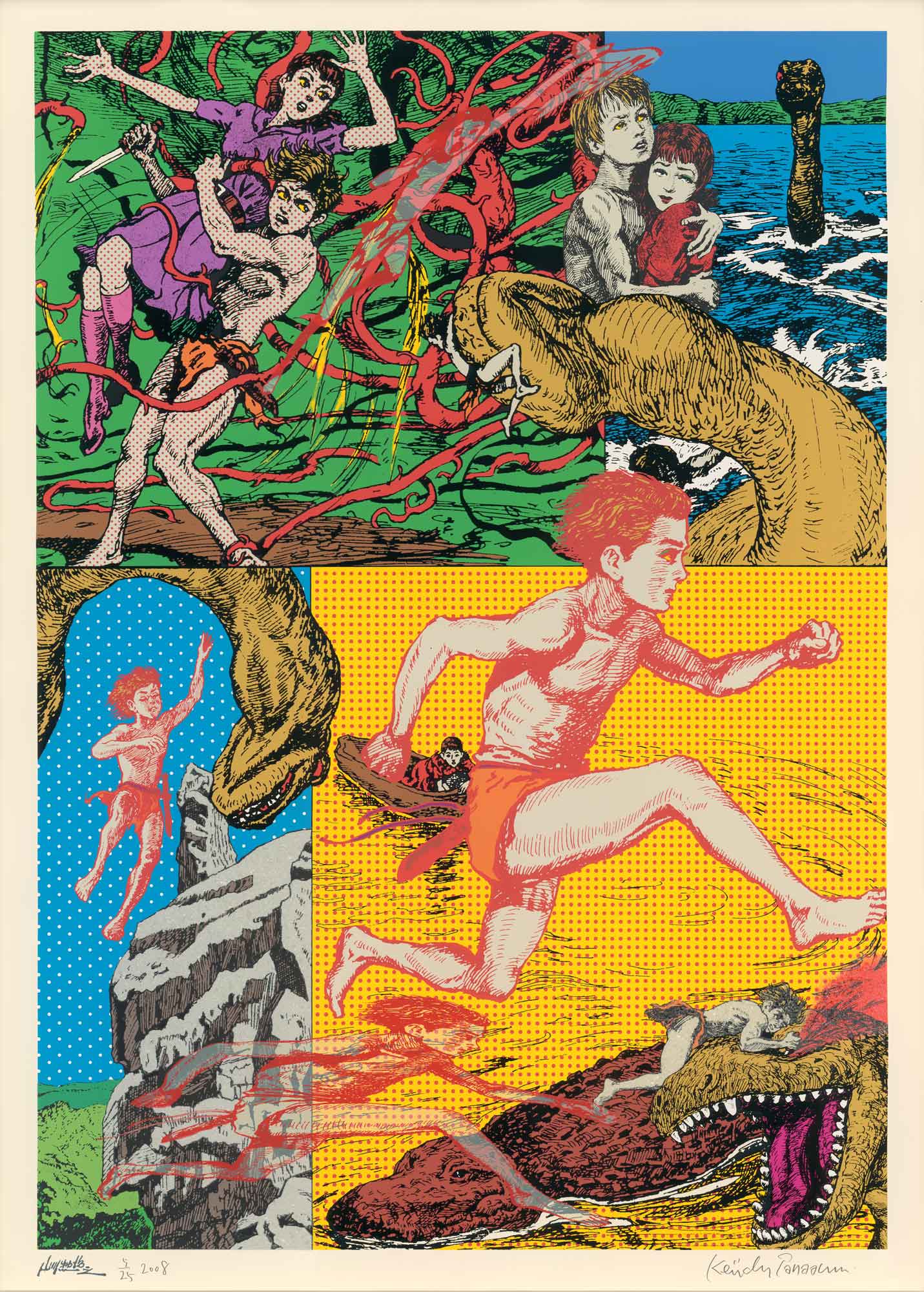
Shonen Tiger 02
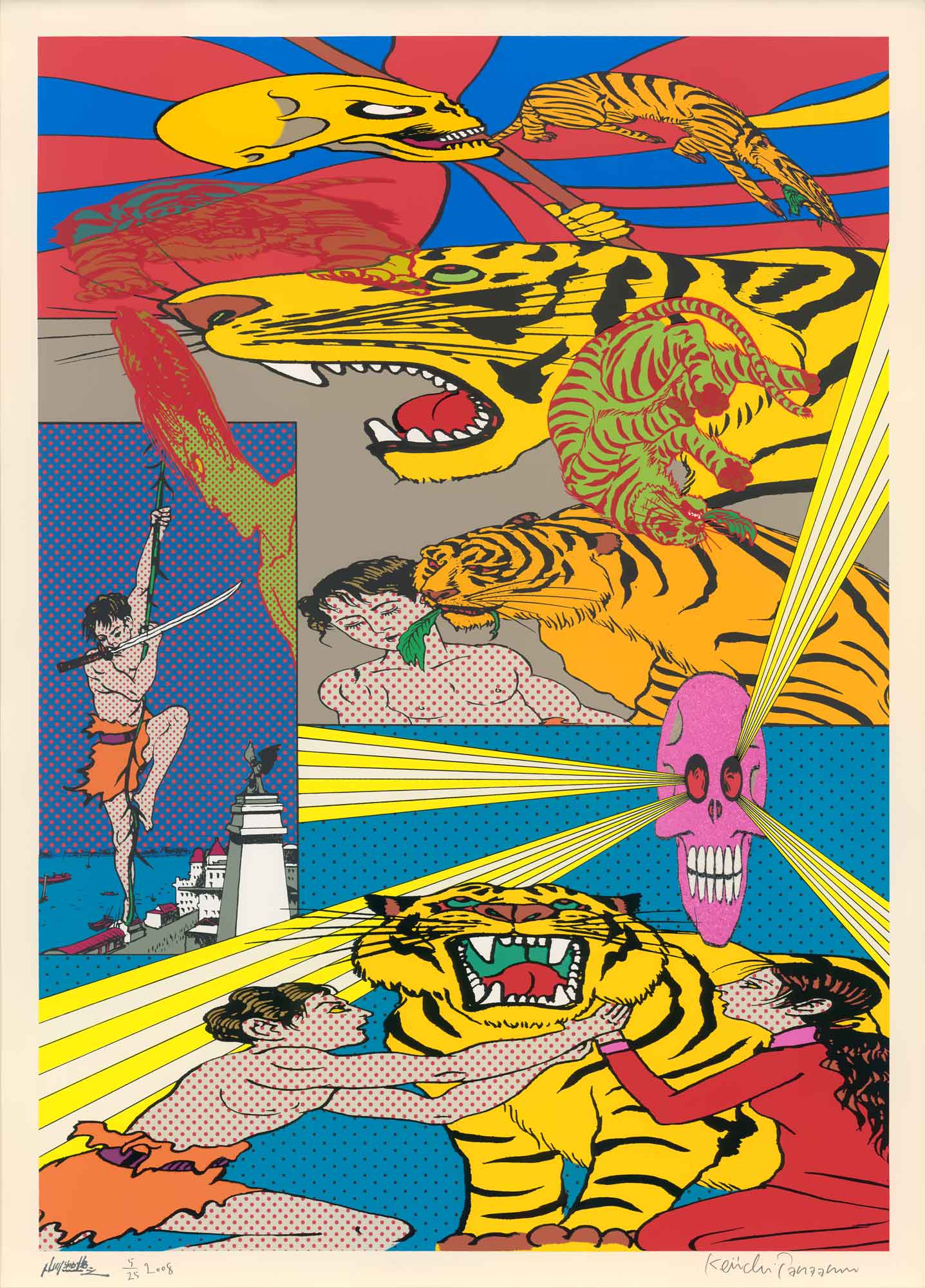
The Here, There, and Everywhere Flower
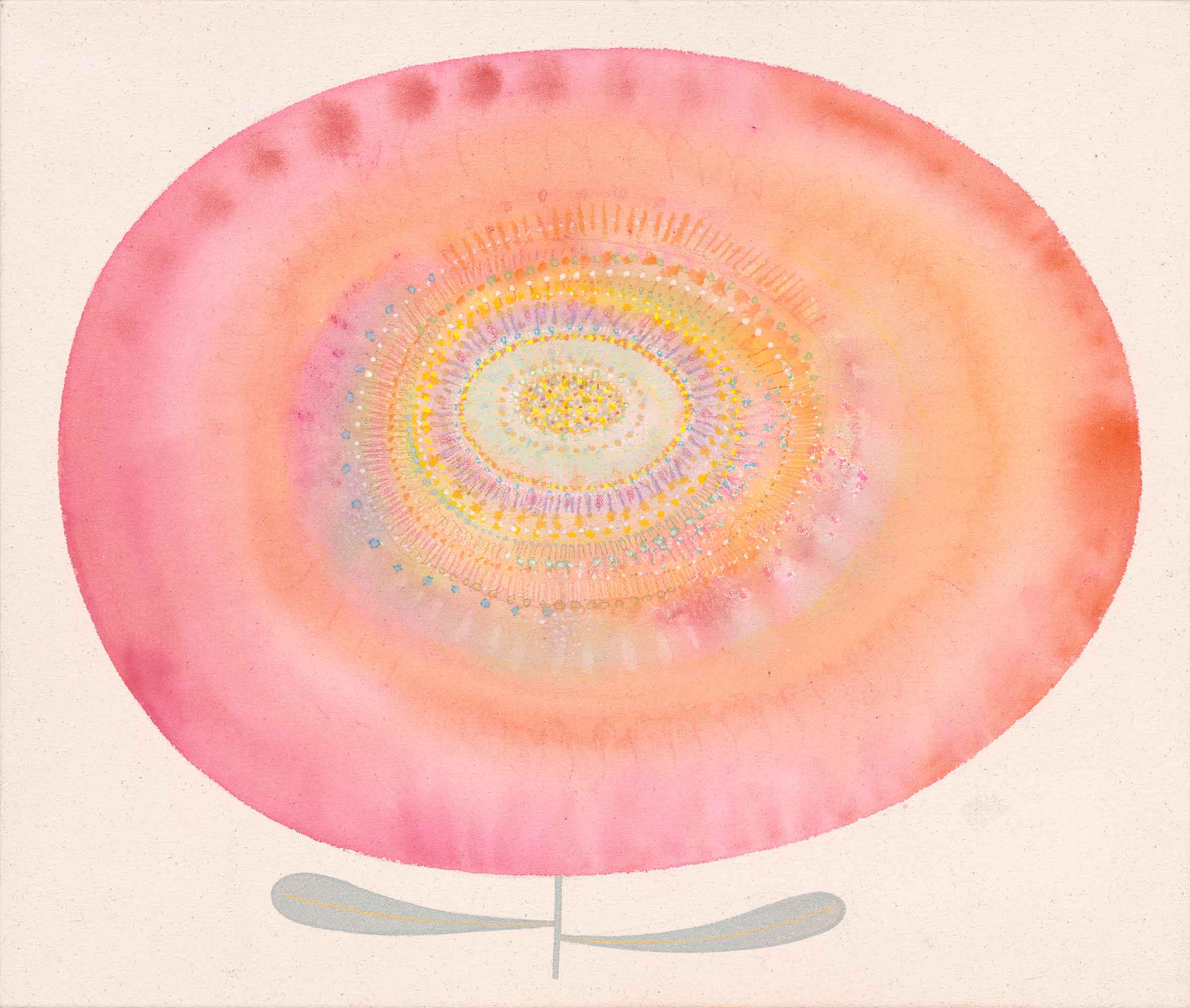
Untitled
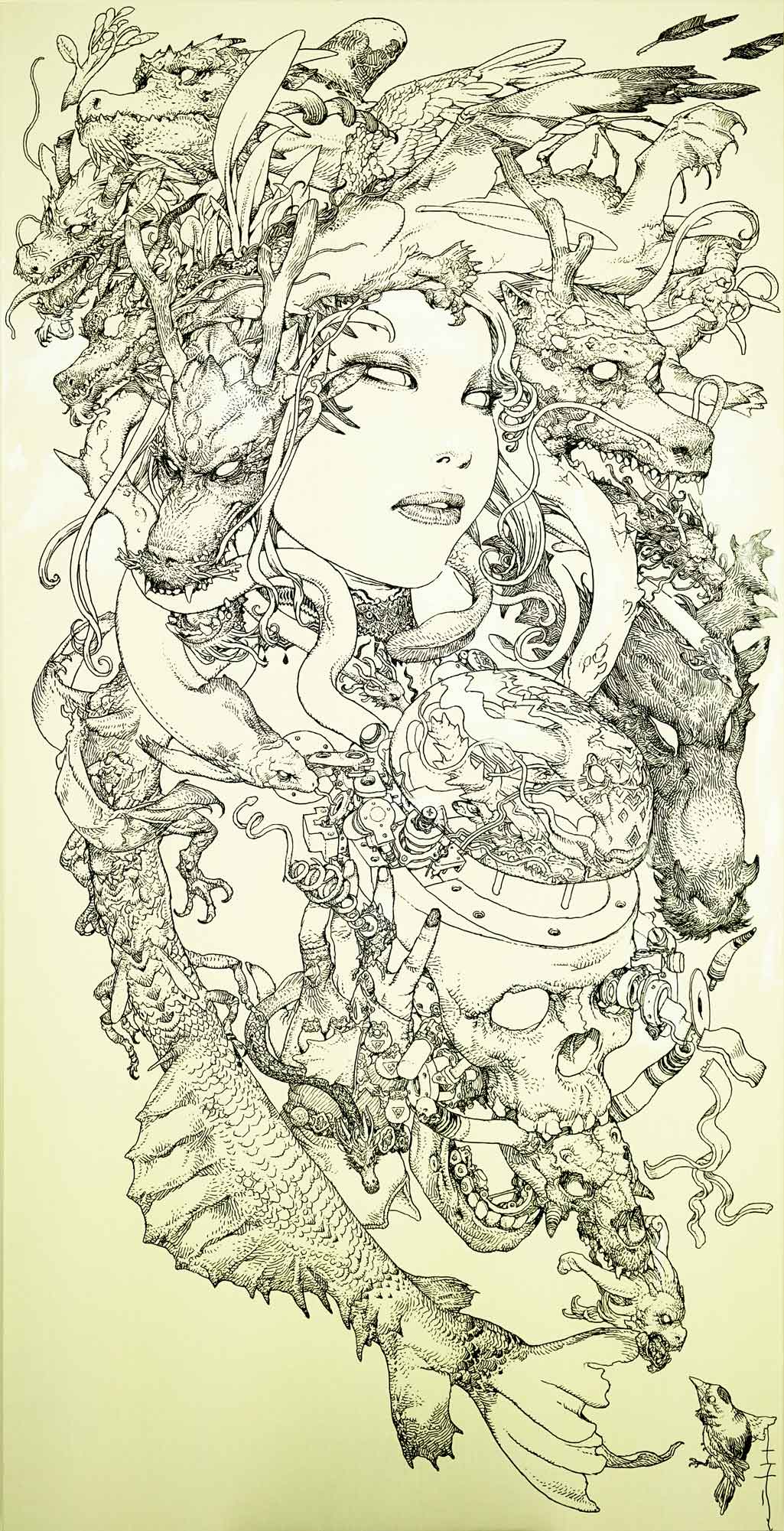
slimeLXXV
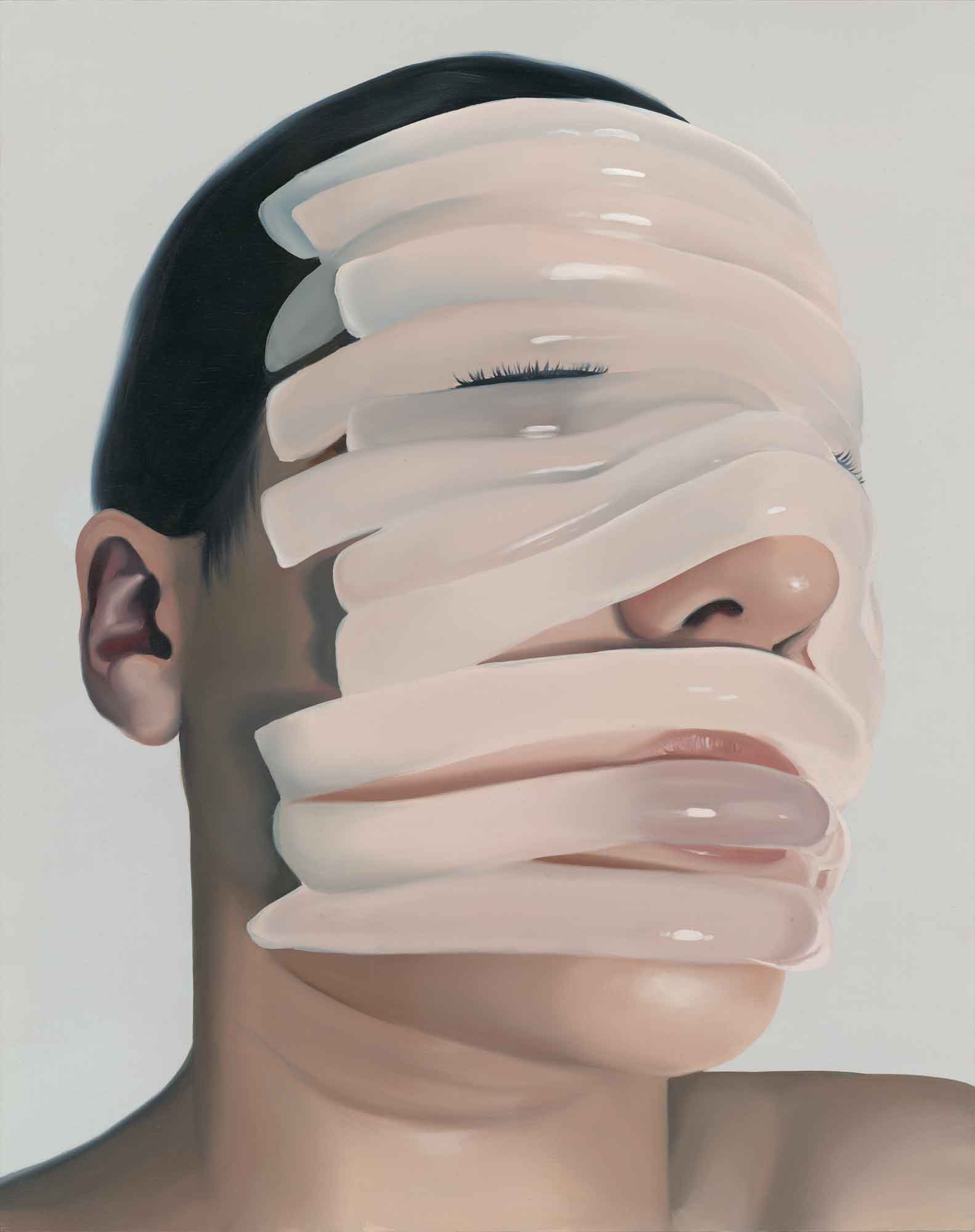
Family Portrait
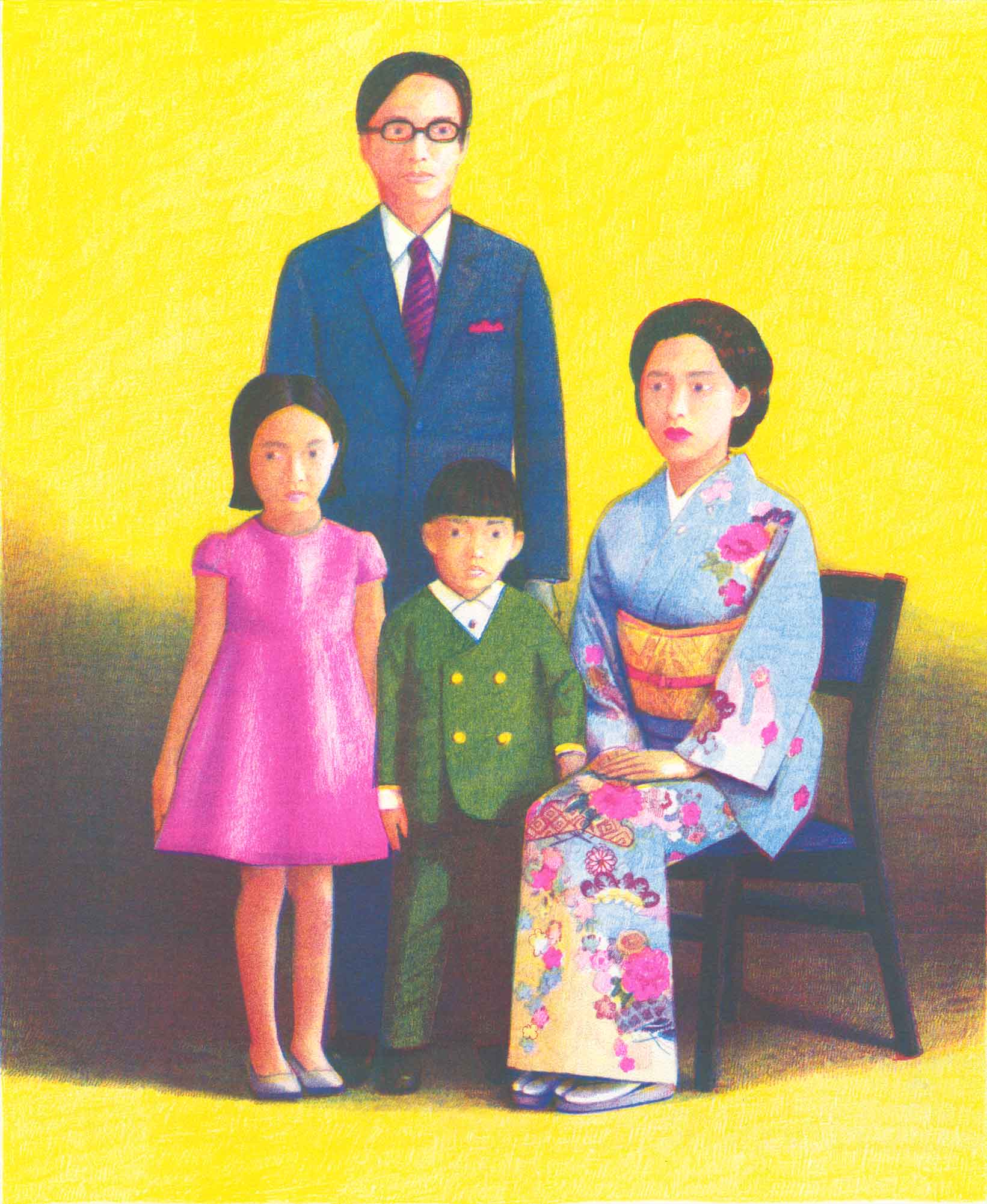
Panda Bathhouse
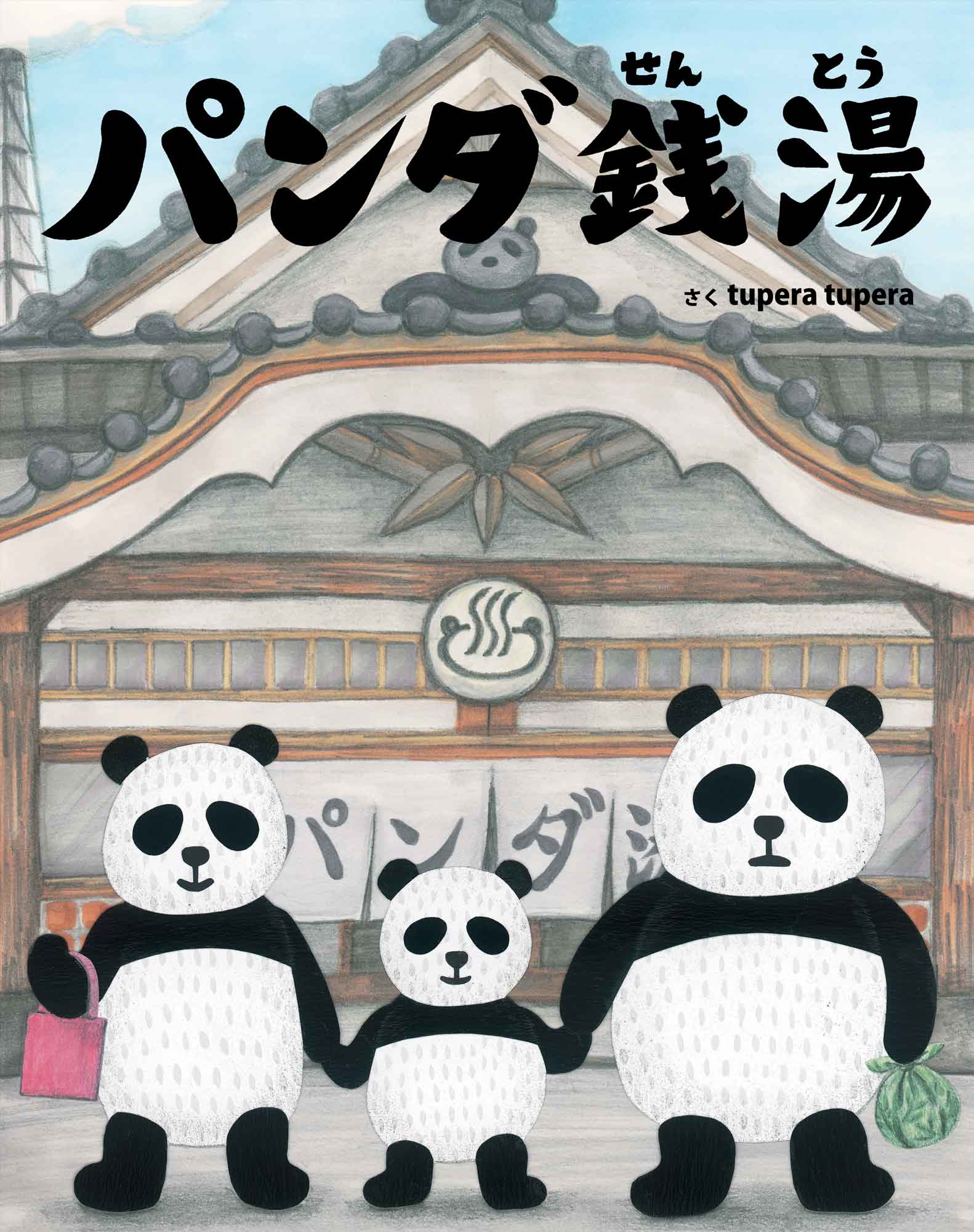
Nochi no Tsuki Nochishitenaraba Yaseotoko (haiku)
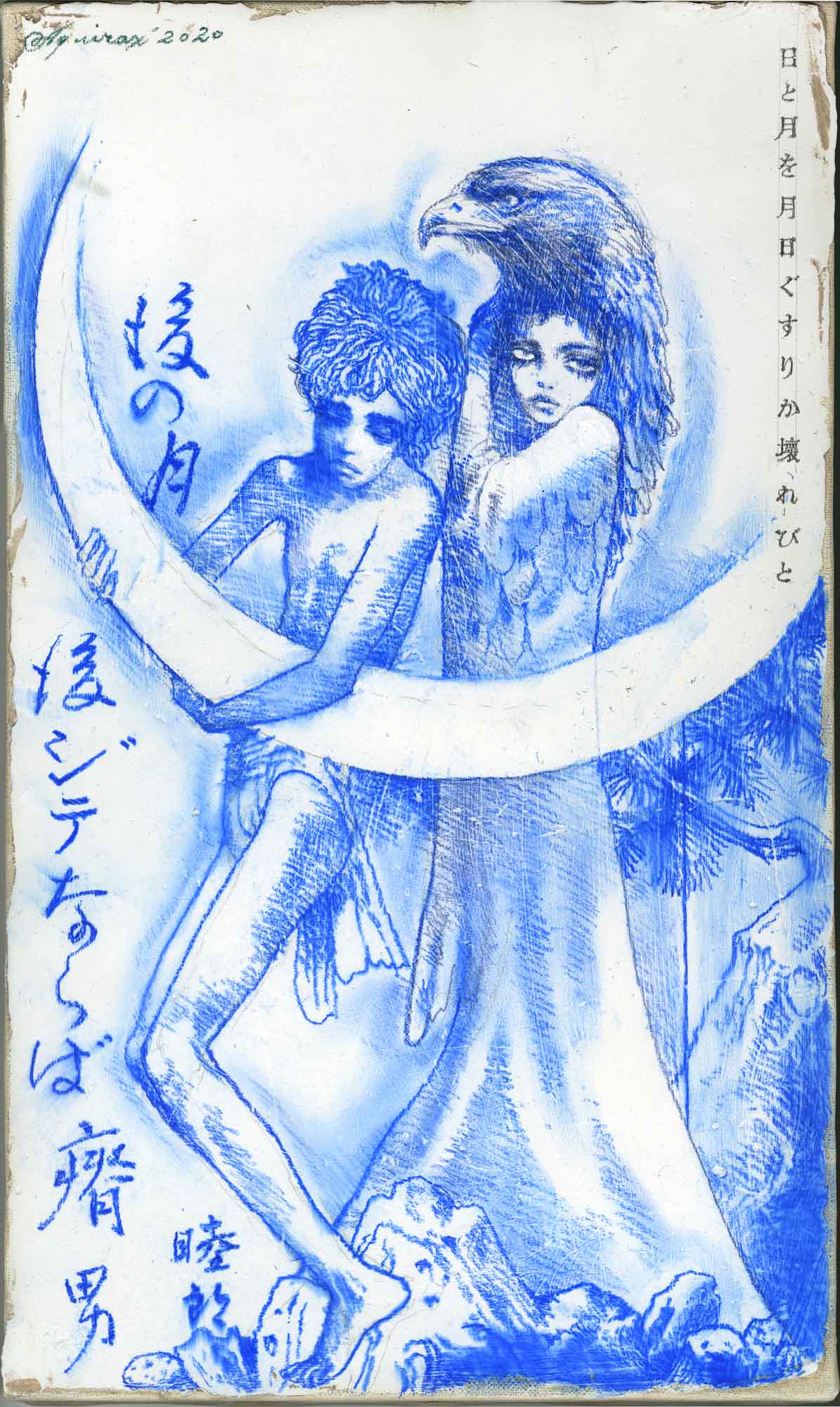
Crane Suit
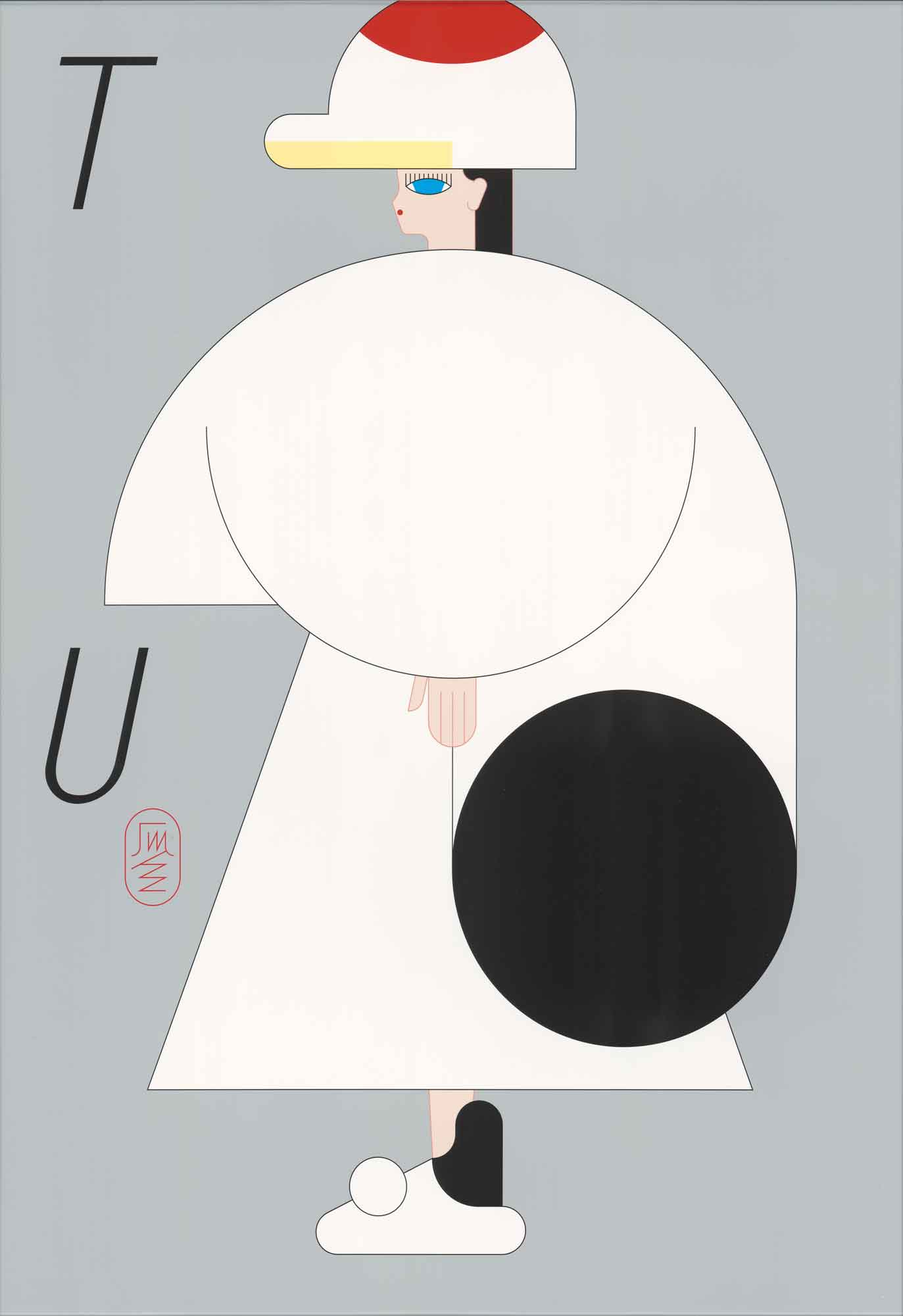
New Young
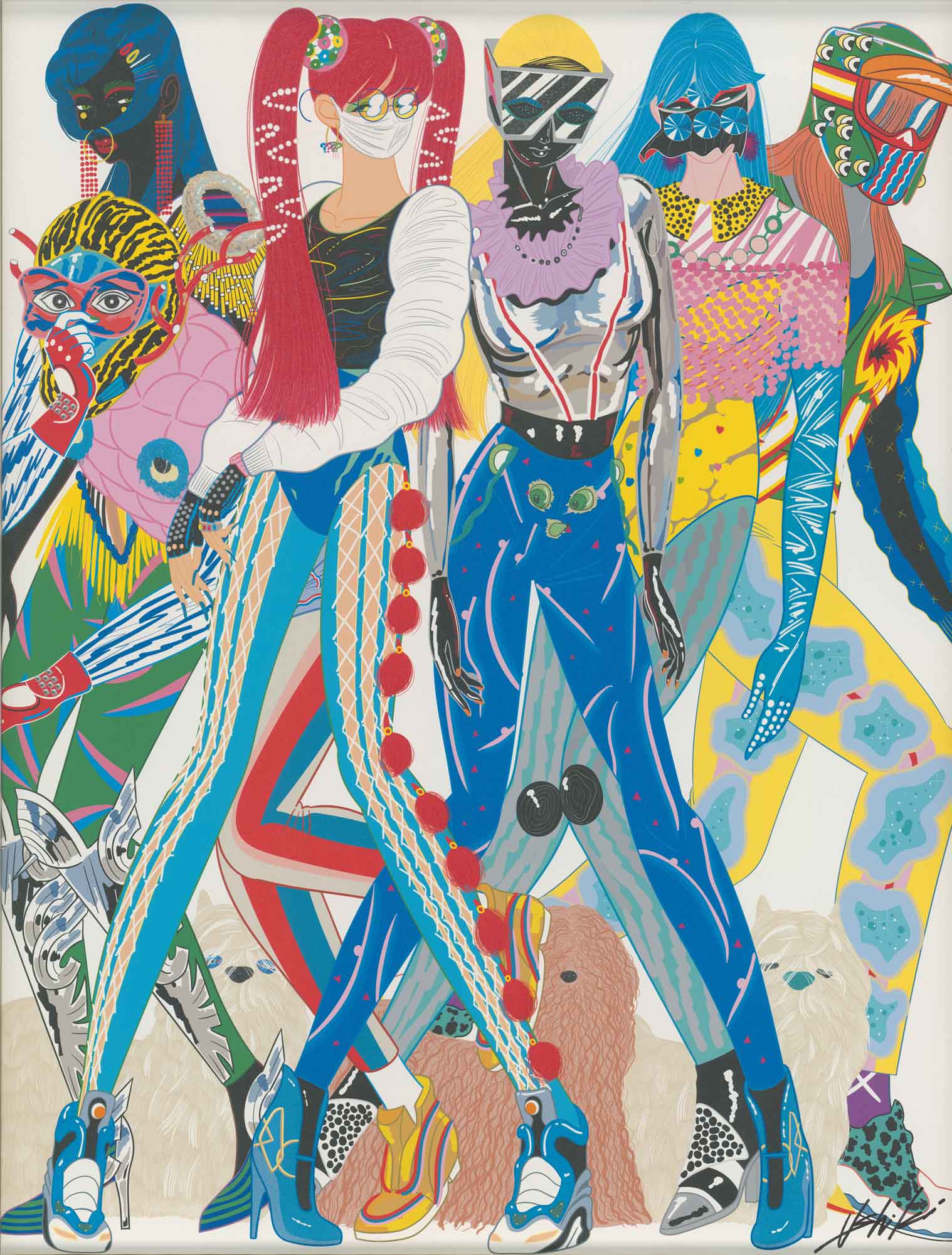
Tropical Fish
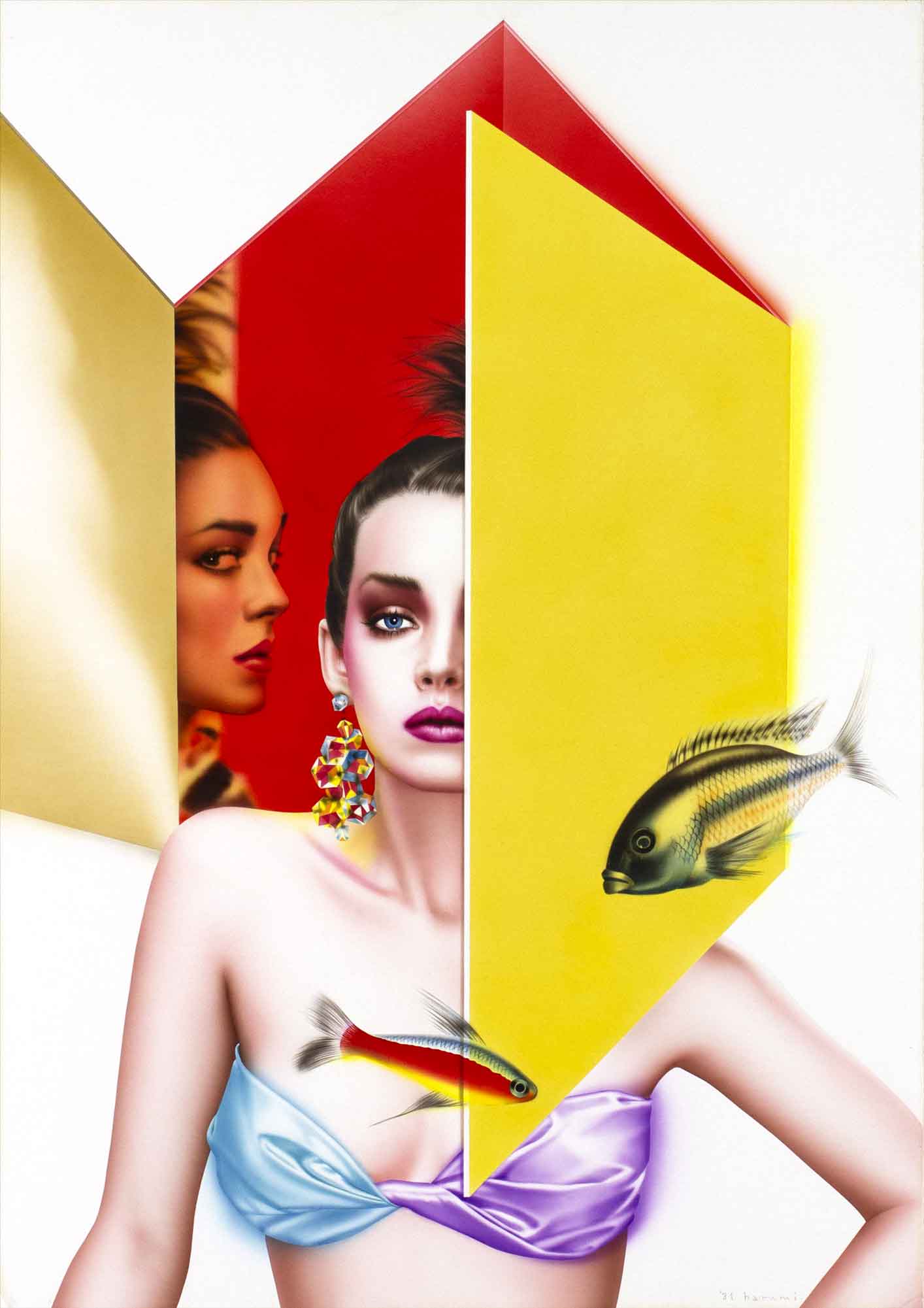
The Room of the World Map
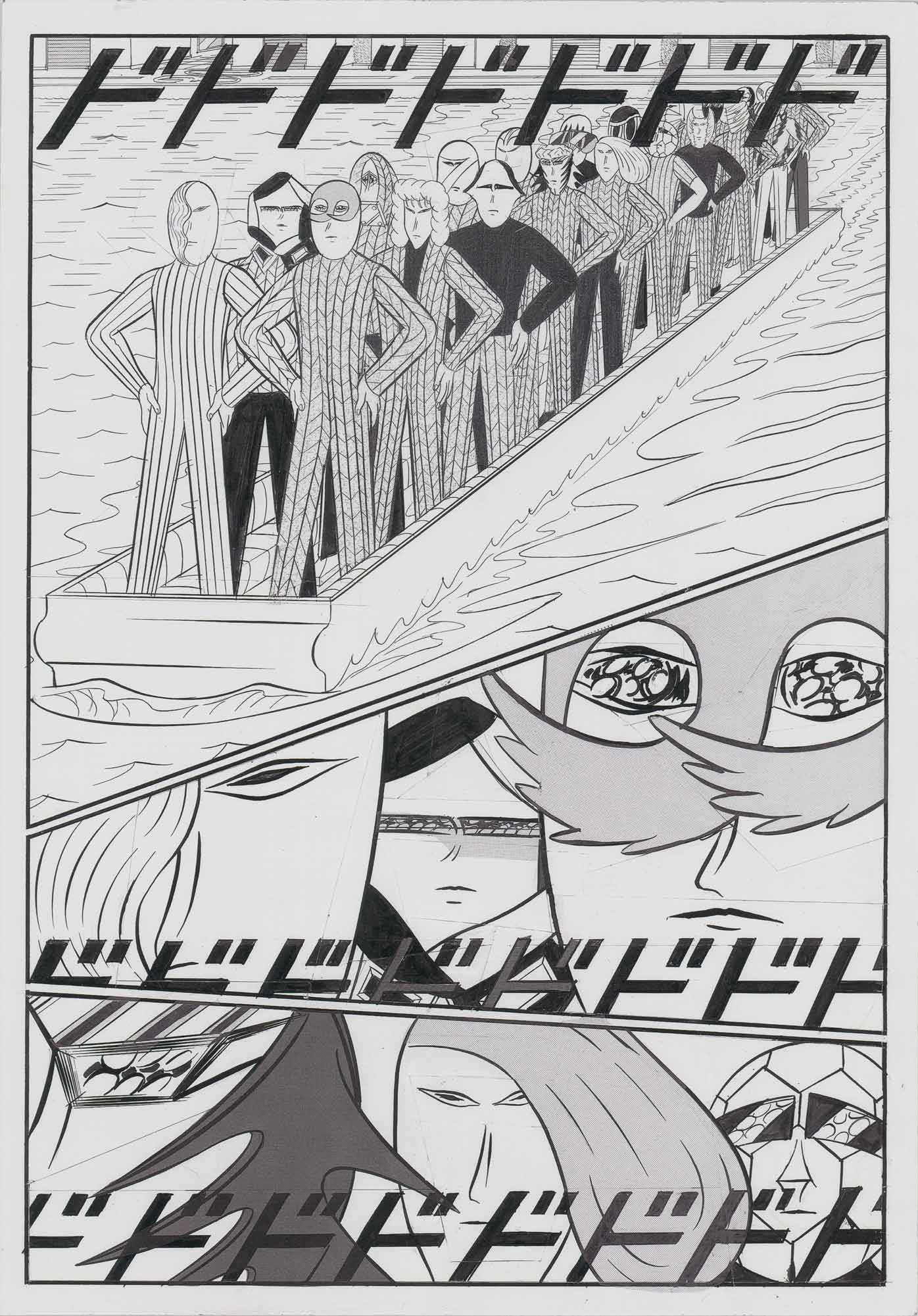
Ecstatic Butter Chicken
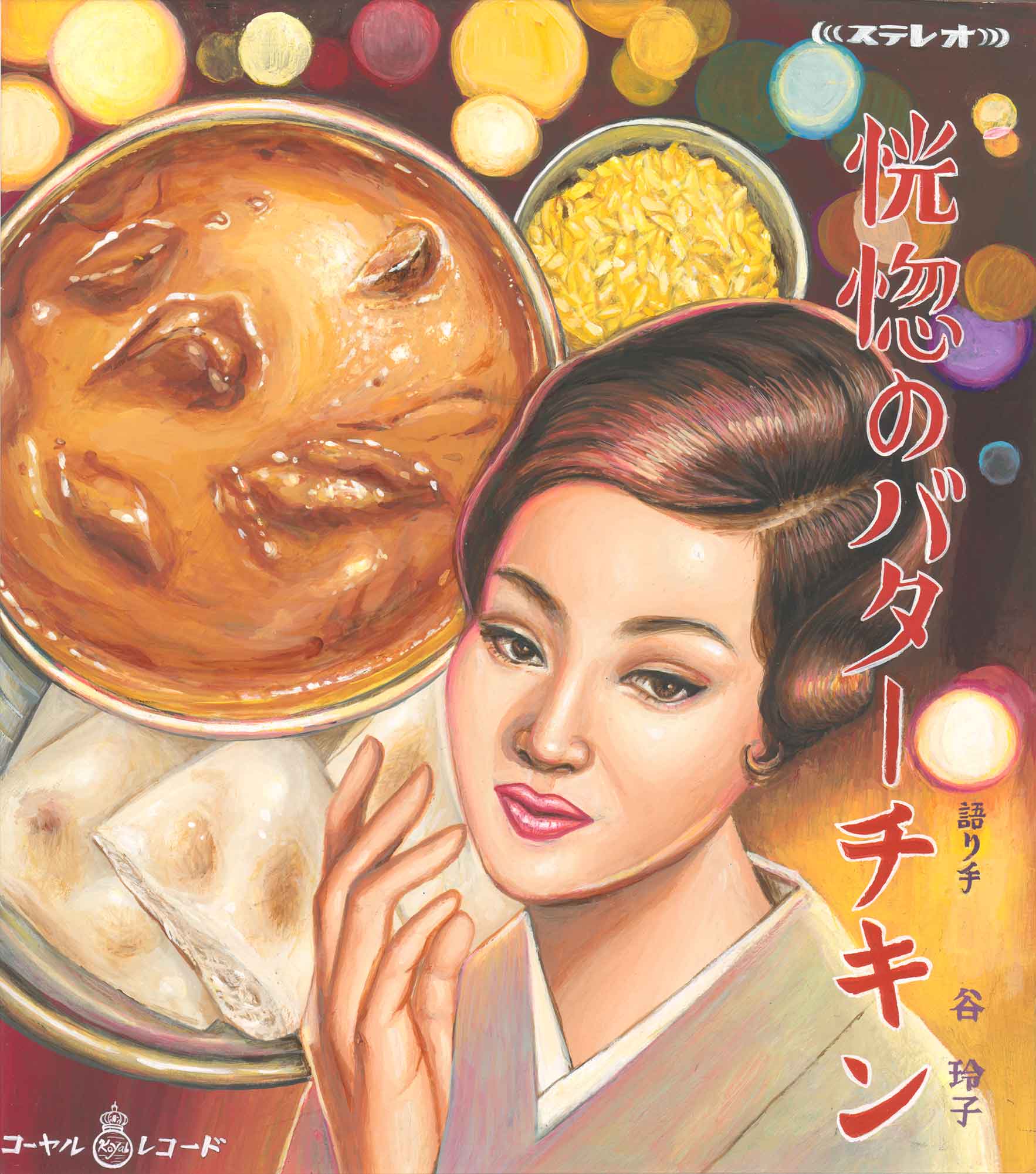
Bitchu Castle - Matsumoto
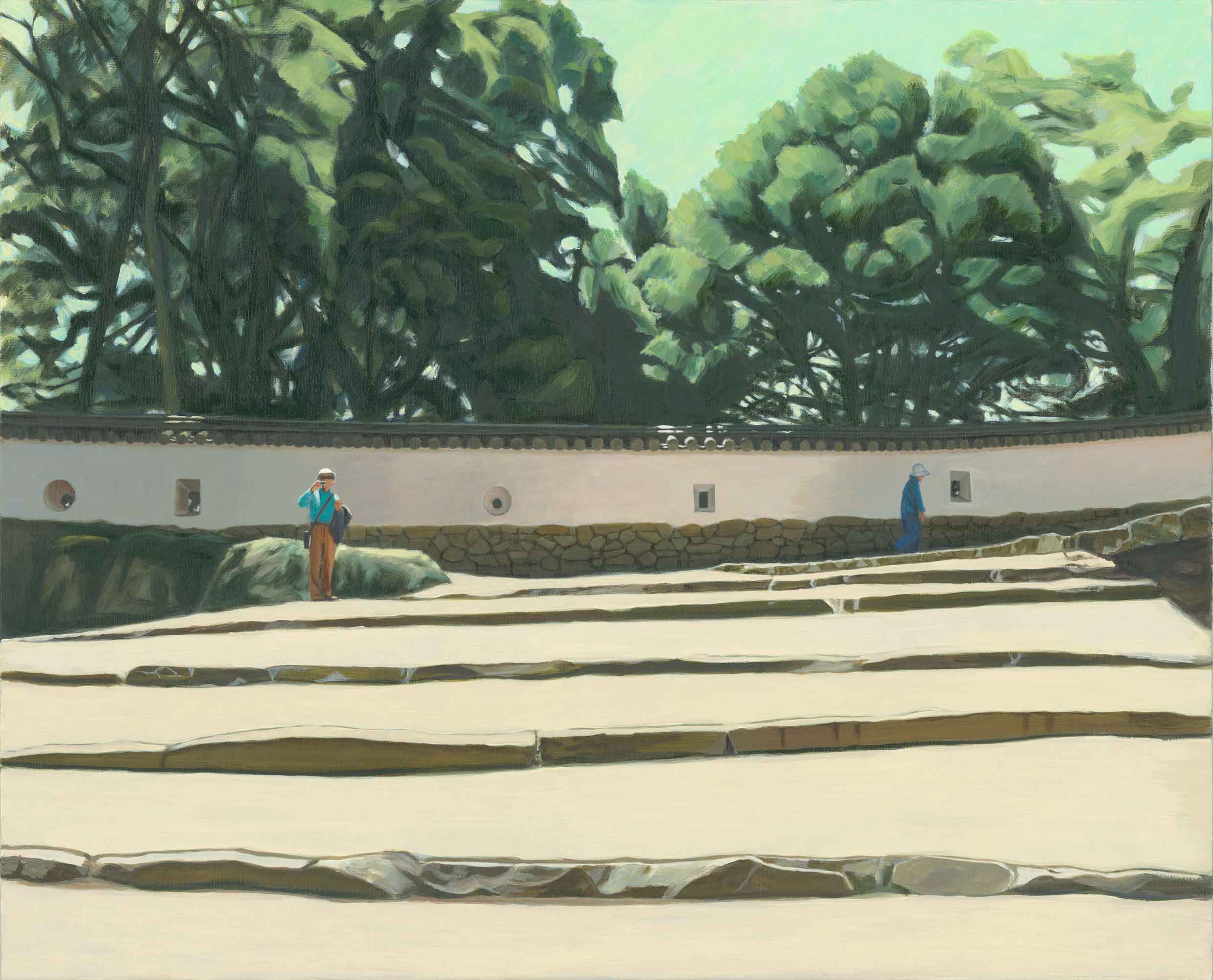
Untitled
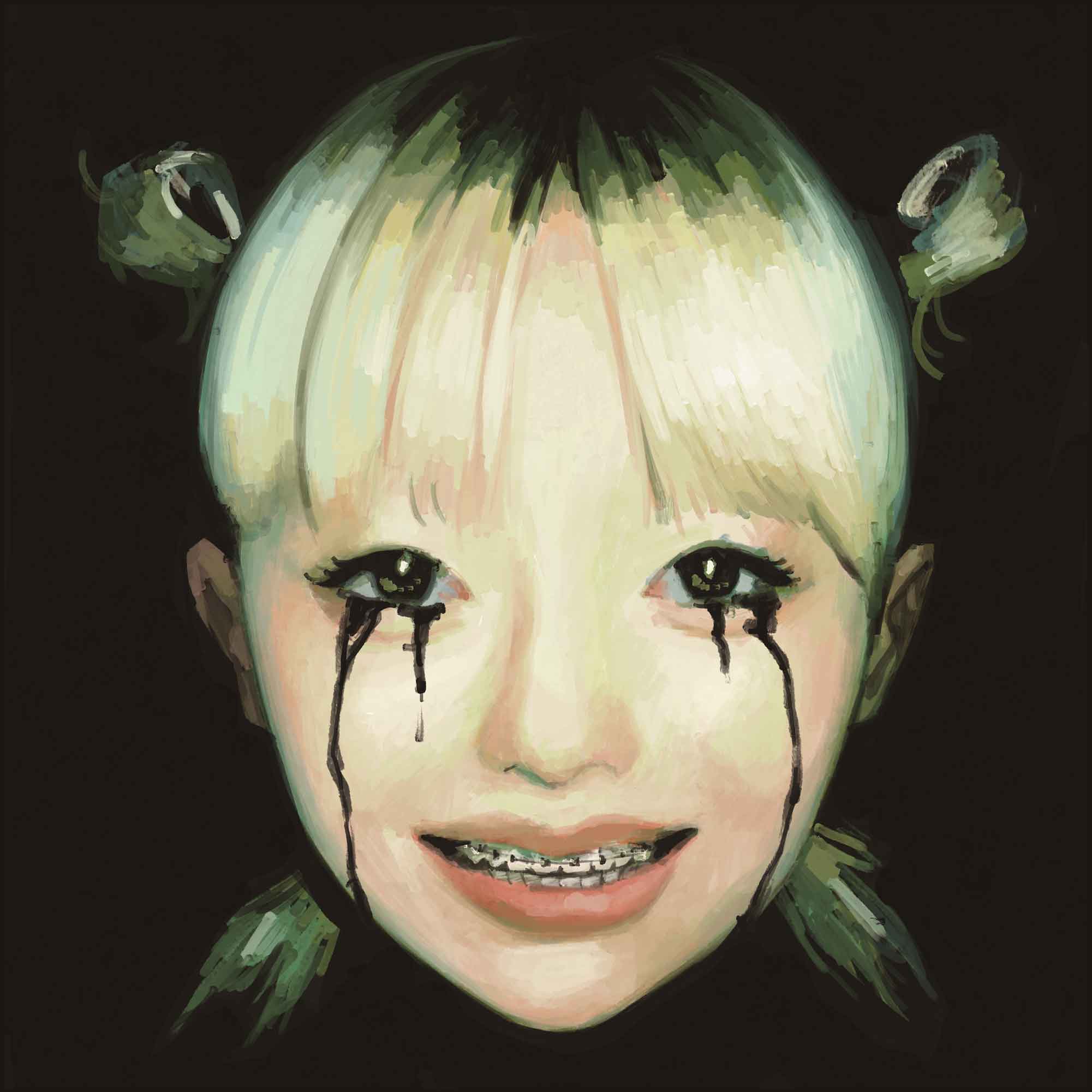
Untitled
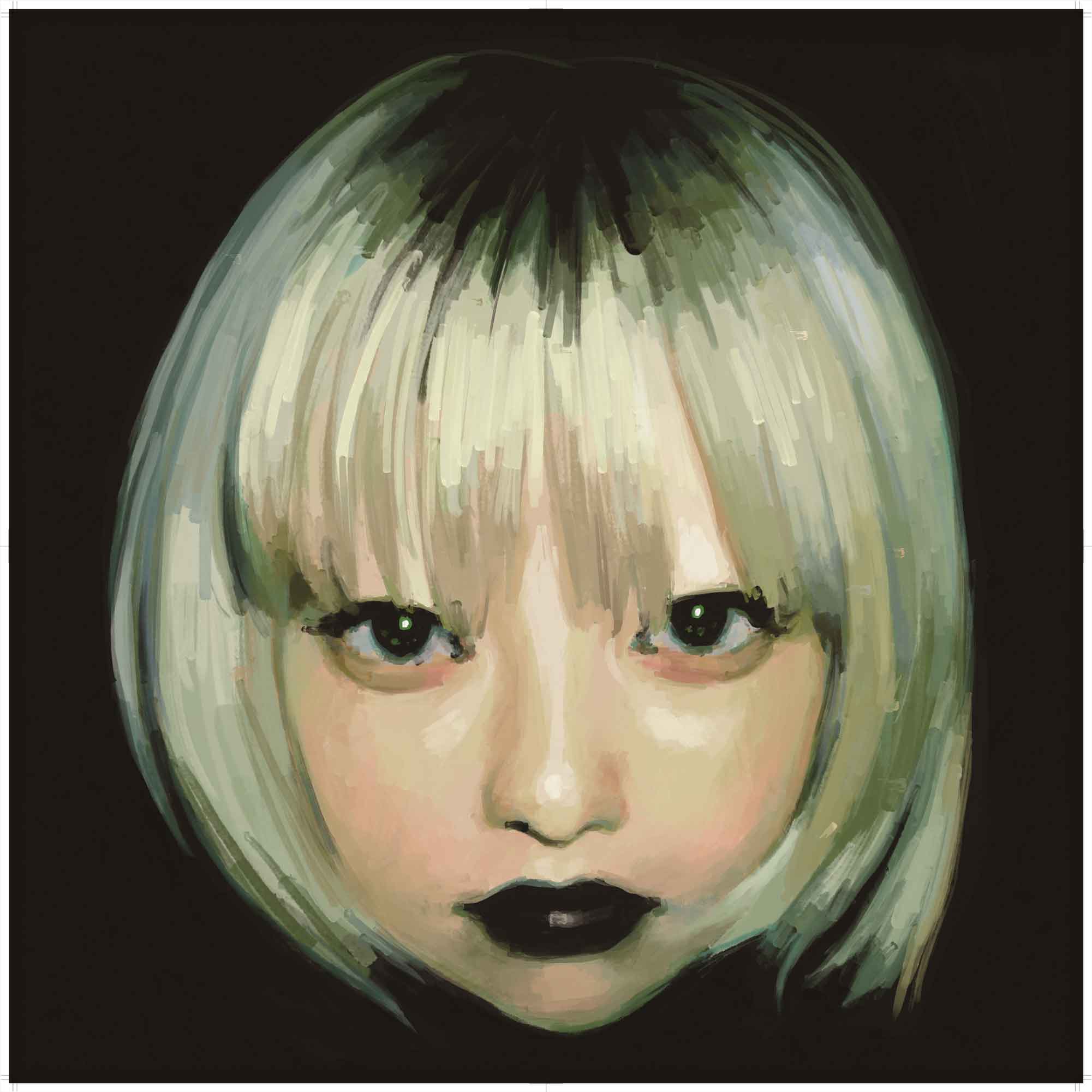
Untitled (Mr. George)
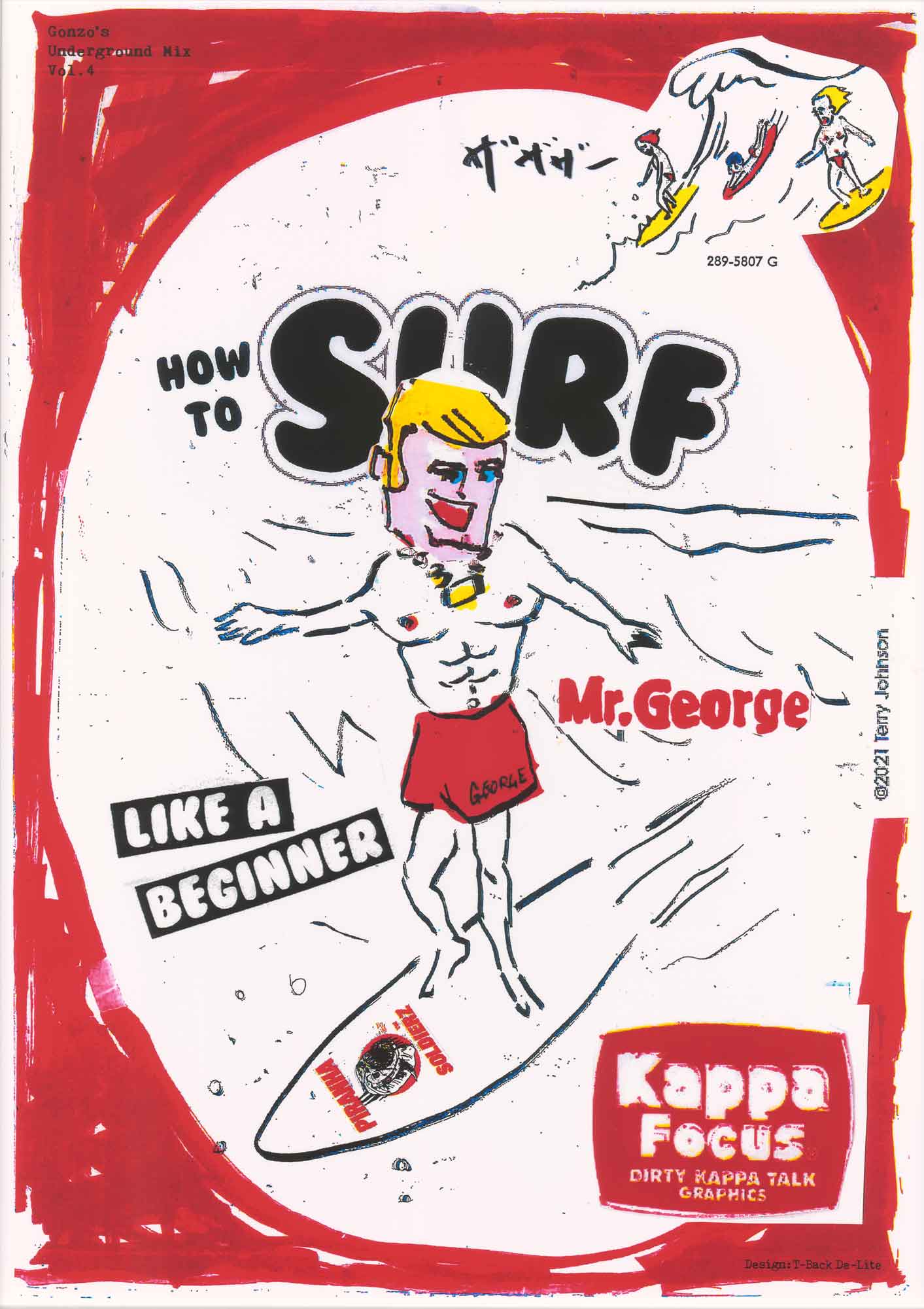
April girl
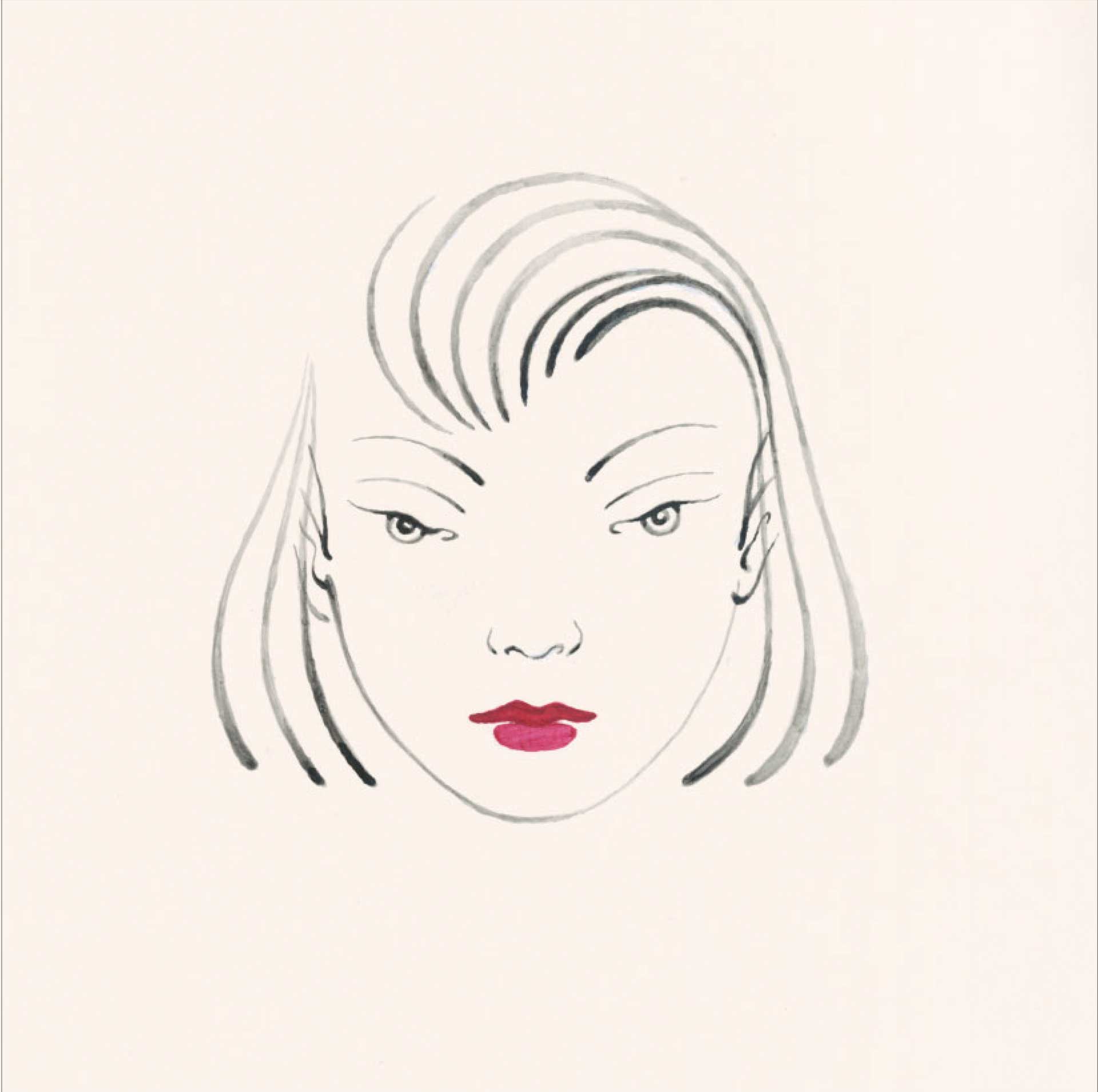
“Graphic art and illustration have a long history in Japan, and are vibrant forces in Japanese culture today. While many post-war artists were influenced by Western art and media, today’s graphic artists and illustrators are inspired by several diverse sources, including traditional Japanese paintings and ukiyo-e woodcuts, folk art, photography, architecture, fantasy, and pop art”, explain the curators and artists Kintaro Takahashi and Hiro Sugiyama.
Japan House’s Global Travelling Project
The exhibition on display at Japan House São Paulo is part of Japan House’s global traveling project, visiting the institution’s three headquarters around the world: Los Angeles, São Paulo, and ending in London.
Accessible JHSP
Exclusively in São Paulo, the exhibition will feature accessibility features such as audio descriptions, sign language, and tactile elements developed exclusively for 12 of the works being presented. The initiative is part of Accessible JHSP, a program aimed at creating equal opportunities for everyone to fully immerse themselves in the content presented at the institution.
Styles that influence contemporary Japanese graphic arts
WAVE features veteran artists and newcomers working in several styles. The following are some of the most influential among them:
Manga/Anime
The illustration of Japanese comic books, known as manga, has deep roots in 12th-century painted scrolls, pre-modern woodcut books, and prints, as well as in early 20th-century magazines. After the Second World War, under the influence of American comics and cartoons, a modern style of manga was developed with visual conventions that are still present in Japanese comics and cartoons, the anime. The popular manga/anime style features strong lines, expressive speech balloons, unique framings, and abstract background effects that convey the atmosphere of the moment. Characters get large eyes, small mouths, and emotive details such as beads of sweat to show anxiety, bulging veins representing anger, and strong parallel lines to portray horror or disgust. In this exhibition, some of the artists working with this style are Kenichiro Mizuno, Katsuya Terada, and Motohiro Hayakawa.
Heta-uma
In the 1970s, a manga movement began underground with the magazine Garo, in which artists created illustrations that looked poorly drawn on purpose, as compared to the elegant aesthetics of popular manga. Known as heta-uma (“poorly drawn, but well-conceived”), the style was led and promoted by Teruhiko Yumura, Yoshikazu Ebisu, and Takashi Nemoto. This style has validated the work of many of the young contemporary graphic and manga artists, whose works seem rough around the edges but are very expressive from an emotional point of view. Although her style is highly refined, artist Suzy Amakane adheres to the spirit of heta-uma in this exhibition.
Pop Art
The pop art movement, which emerged in the 1950s in the US and UK, arrived in Japan shortly thereafter. Andy Warhol’s ability to unite the world of commercial art with fine art inspired Keiichi Tanaami, whose bold and dynamic drawings are filled with dreamlike figures, popular themes, and powerful characters. Along these same lines, Motohiro Hayakawa’s fantastical battle scenes evoke the pop art psychedelics of the 1960s and 1970s. Harumi Yamaguchi’s brilliant images of strong, free women graced Japanese advertising campaigns in the 1970s and 1980s, while Hiroshi Nagai’s vivid poolside scenes became iconic images, featured on 1980s album covers.
Photorealism
The photorealism movement was developed in the United States in the 1960s and 1970s from pop art, especially in response to abstract expressionism and the profusion of photography. It also inspired Japanese artists, including Hajime Sorayama, who portrayed female robots and mechanical dinosaurs in luminous detail, and Yoko Kawamoto, who transforms heaps of scrap and quarries into hyper-realistic landscapes. Mayu Yukishita has recently been recreating a darker reality with her “super-realistic” paintings.

Service:
“WAVE - New Trends in Japanese Graphic Arts” exhibition
Second floor
Period: February 22 to May 1, 2022
Cost: free admission
The exhibition has accessibility features.
Advance online reservations are optional, but recommended: https://agendamento.japanhousesp.com.br/
Japan House São Paulo
Address: Avenida Paulista, 52 – Bela Vista, São Paulo
Opening hours:
Tuesday to Friday, 10 am to 6 pm
Saturdays, 9 am to 7 pm
Sundays, and banking holidays, 9 am to 6 pm
Japan House São Paulo remains closed on Mondays, without exception, including on holidays.




